Dropshipping For Dummies: A to Z Guide For Beginners + Tips
If you’re new to the world of e-commerce, dropshipping might just be the perfect entry point for you. So, are you looking for a dropshipping for dummies guide where you can learn it ALL?
This guide aims to demystify the process, explaining how you can start, run, and grow a dropshipping business with no need for inventory or a hefty startup capital.
With the dropshipping market set to soar beyond $300 billion by 2024, there’s never been a better time to dive in.
Whether you’re looking to make a side income or embark on a full-fledged business venture, this blog will navigate you through everything from setting up your online store to scaling your operations.
Get ready to turn those entrepreneurial dreams into reality with dropshipping!


Table of Contents
- Key Takeaways
- What is Dropshipping?
- Why Consider Dropshipping in 2024?
- The No. 1 Tool for all dropshippers – now with AI
- How Does the Dropshipping Business Model Work?
- How to Start Dropshipping? (A Simple Step-by-Step Guide)
- Step 4 -Use AI Tools For Managing Your Dropshipping Business
- Dropshipping for Dummies: Starting with Shopify
- Dropshipping for Dummies: Selling with AliExpress
- Best 5 Niches & Products For Dropshipping For Dummies
- Dropshipping For Dummies: Pros & Cons Listed
- Real Life Success Stories Of Dropshippers
- Dropshipping for Dummies FAQs
- Conclusion
Key Takeaways
This comprehensive guide provides a detailed introduction to dropshipping. So, as you are looking for a dropshipping for dummies guide, here’s what you’ll learn:
- The dropshipping market is rapidly expanding, expected to soar past $300 billion by 2024, and potentially reaching $500 billion by 2027.
- Despite the competitive nature of dropshipping, where only 10% to 20% of businesses may thrive, industry growth suggests significant potential for profit with the right strategy.
- A Step-by-Step Guide: From setting up an online store, selecting products, and finding reliable suppliers, to scaling your business operations. The guide offers a clear pathway tailored for beginners.
- Insights into Market Trends: Detailed current and projected market valuations provide readers with a sense of the scope and scaling opportunities within the industry.
- Practical Tips: The article includes practical advice on choosing niches, using tools for product and supplier selection, and marketing strategies to attract and retain customers.
- Inspirational accounts from successful dropshippers like Harry Coleman and Adam Greenspan, who have turned dropshipping ventures into profitable businesses.
- With dropshipping’s projected market growth and simplicity in operations, users are provided with a solid foundation to explore this business model.
- Best dropshipping products to start with, industry insights, profitability chances, etc.
What is Dropshipping?
Dropshipping is a simple retail method where a store does not hold the products it sells in its inventory. Instead, when a product is sold, the store orders it from a third party, usually a wholesaler or manufacturer.
The product is then shipped directly to the customer. As a result, the merchant never actually sees or handles the product. This makes dropshipping a convenient and straightforward approach for many businesses.
Why Consider Dropshipping in 2024?
First off, the global dropshipping industry is set to hit an impressive $243.42 billion in 2023. This marks the first time it has soared past the $200 billion mark, thanks to a robust 23.7% growth from the previous year. However, the journey doesn’t stop there.
As dropshipping progresses into 2024, the market is forecasted to expand further, reaching $301.11 billion in 2024 and $372.47 billion in 2025. By 2027, this number is expected to leap to a staggering $500 billion.
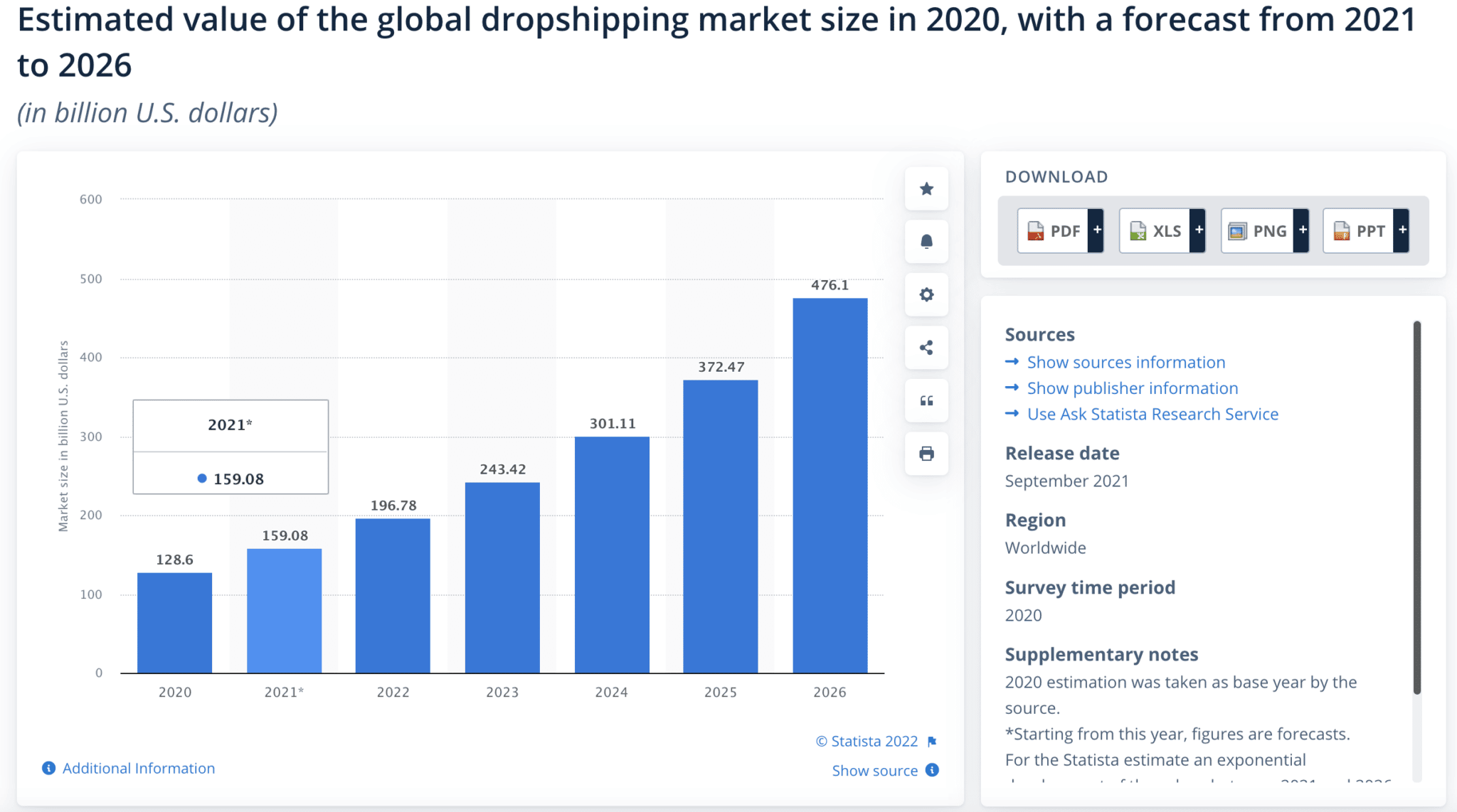
Additionally, the industry’s growth rate from 2024 to 2032 is projected at an impressive CAGR of 23.20%.
This rapid growth signifies a flourishing future for those considering dropshipping. Analysts have even projected that by 2026, the dropshipping market could be worth up to $476.1 billion.
To put this into perspective, that’s more than 3.5 times its value in 2020, showcasing a remarkable growth of $257.5 billion in just six years.
Moreover, while statistics from top dropshippers indicate that only about 10% to 20% of dropshipping businesses thrive, this shouldn’t deter you.
So, embracing the principles laid out in “Dropshipping for Dummies” can significantly enhance your understanding and improve your odds of success.
How Does the Dropshipping Business Model Work?
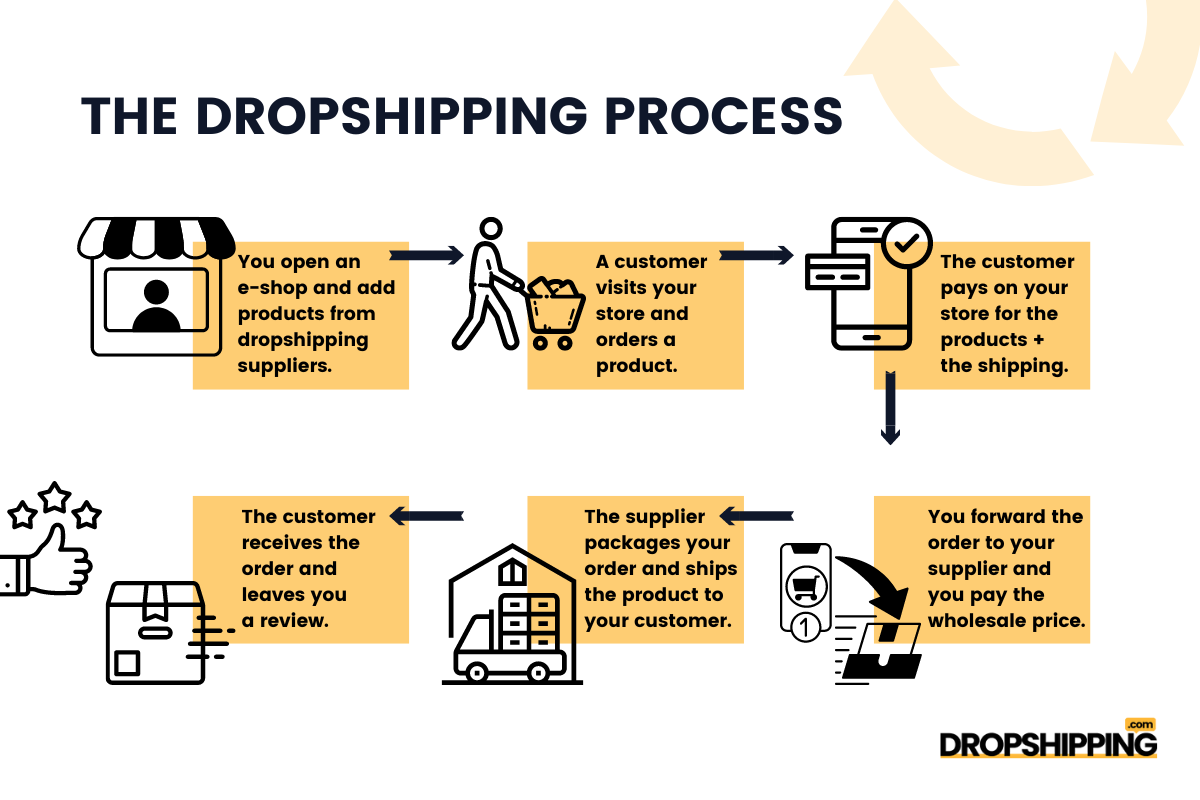
To make things clearer, let’s talk about how dropshipping works in a straightforward way. Here’s a breakdown using simple steps for dropshipping for dummies:
- First of all, set up your online store or use an existing marketplace to display your products.
- Next, partner with a dropshipping supplier or wholesaler. These are the people who will handle the shipping for you.
- Then, choose the products you wish to sell from the supplier’s catalog and display them in your store.
- Whenever someone places an order on your site and makes a payment, simply send the order details to your supplier.
- Your supplier will manage the details—like packing and shipping the products directly to your customer’s home. This means you don’t have to worry about storage or shipping issues.
- You pay the supplier the wholesale price for the items and keep the difference as your profit.
- Additionally, if you’ve added your own branding or special packaging, your customers receive their products directly from the supplier but with your personal touch. And the best part? This process is fully automated with the help of efficient software, making it incredibly simple and effective.
Dropshipping for dummies really simplifies the retail process, as you can see. It’s a great way to start a business without dealing with the usual inventory and shipping challenges.
How to Start Dropshipping? (A Simple Step-by-Step Guide)
Now, I will share with you my approach to starting dropshipping. So, if you have zero experience, this really is a dropshipping for dummies guide.
Step 1 – Choose a Dropshipping Niche & Products
First, decide on the niche you want to focus on for your dropshipping business.
Are you thinking of setting up a store that sells only one type of product, or would you prefer a range that includes various art-related items?
This could cover areas like fitness gear, clothing, or home decorations—whatever you’re passionate about and see demand for.
For instance, if you’re keen on dropshipping for dummies and want to sell wall art, use Google Trends to see how often people are searching for these products.
In fact, let’s try it out now. I will just type in the keyword “wall art” on Google Trends and check on its interest over time.
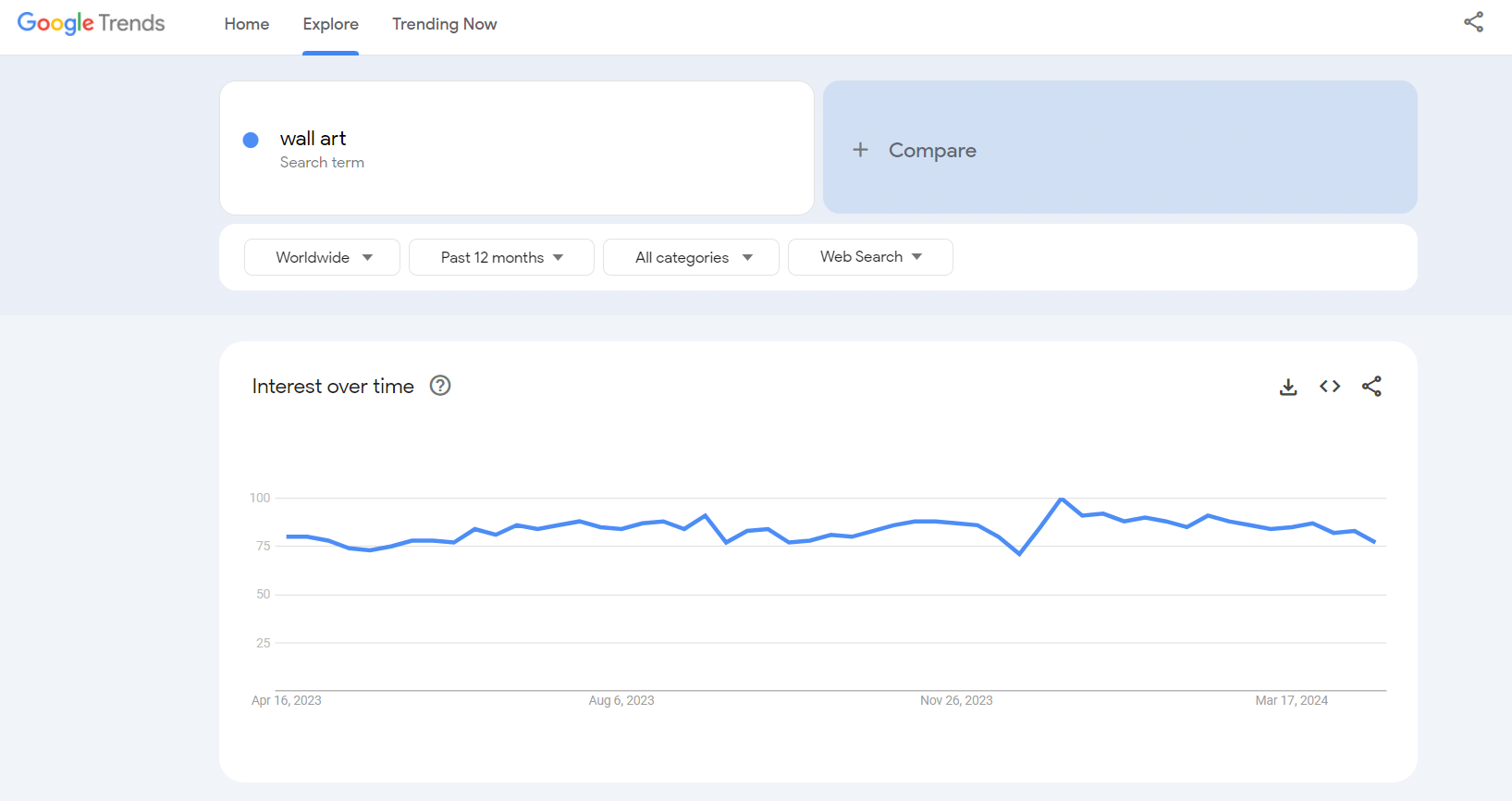
Moreover, tools like Minea are also handy as they track social media ads to find top-selling products.
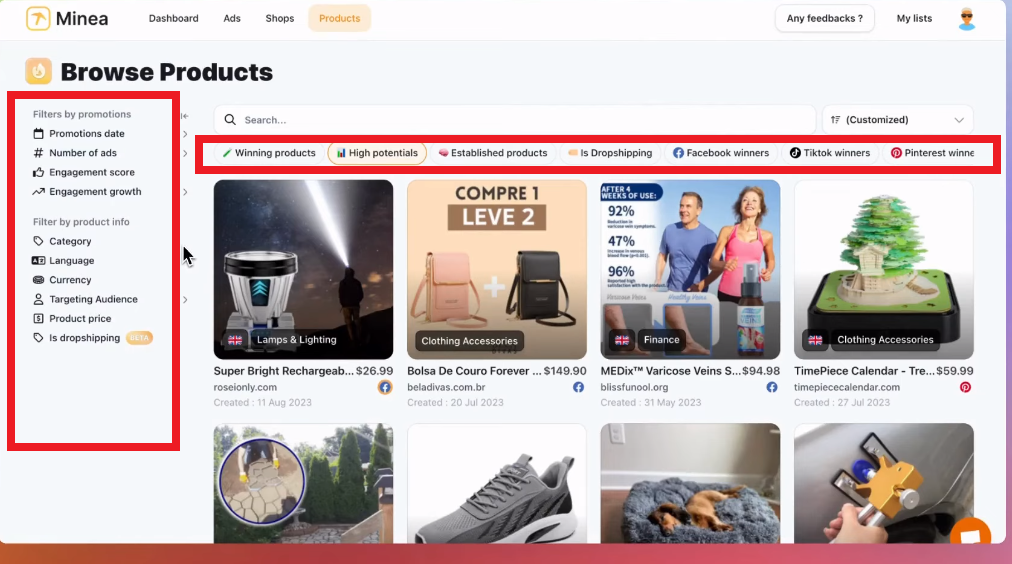
Step 2 – Find and Select Your Dropshipping Suppliers
Next, it’s crucial to find reliable suppliers for your products. So, look for suppliers who can provide the items you need and are willing to form a partnership for a steady supply.
For example, platforms like Dropshipping.com list over 2000 trusted suppliers where you can search by niche, location, shipping costs, and more.
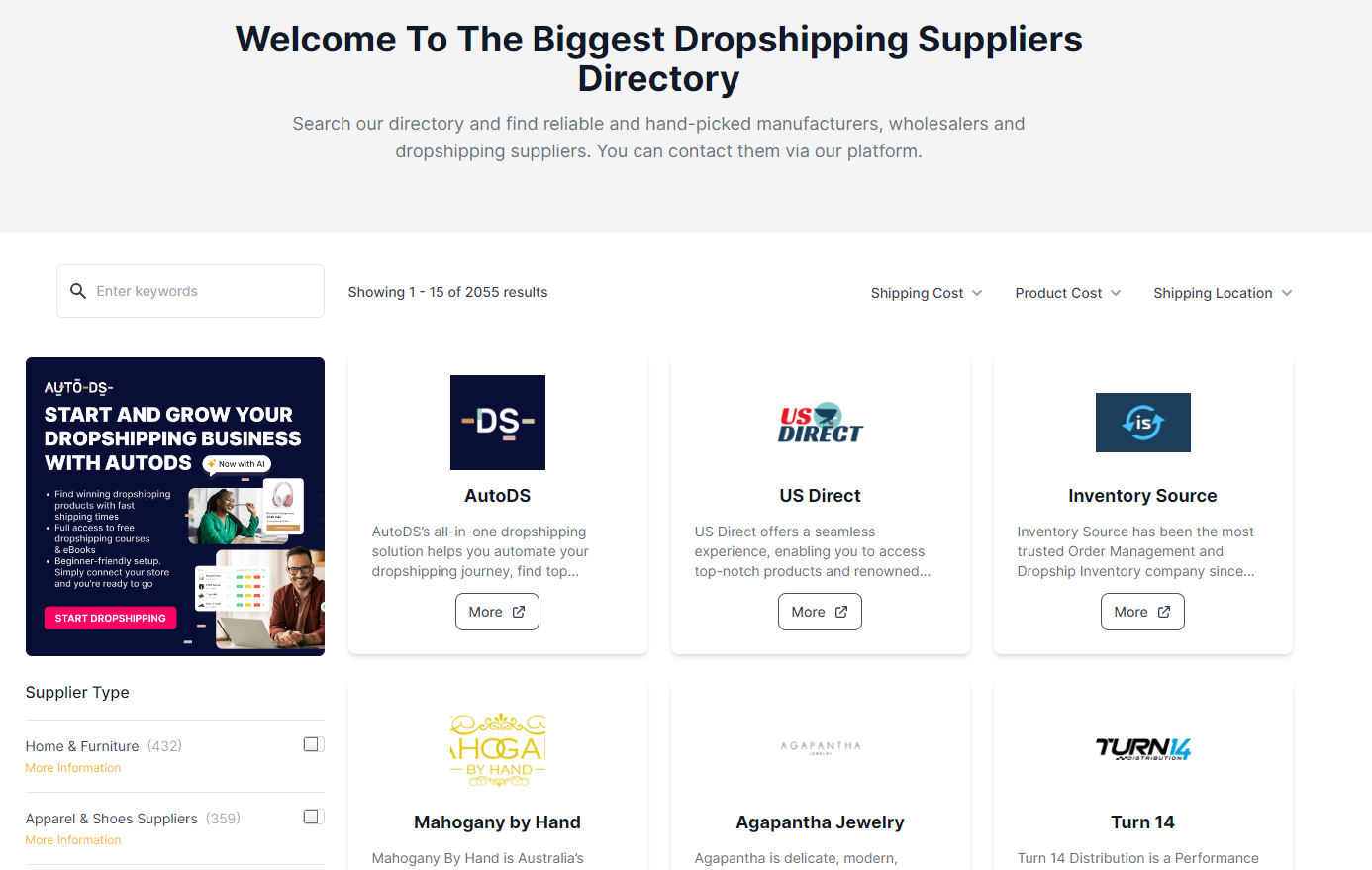
You can find important details about each supplier, like pricing, order times, minimum orders, and product ranges.
Step 3 – Set Up Your Dropshipping Store
Now, it’s time to build your online store. There are many platforms you can use, like social media, your own website, or general marketplaces.
So, using a platform like Shopify, Amazon, or Printify means the website groundwork is already done for you. However, having your own site allows more personal expression.
Each sales channel has its own benefits depending on your business’s basics and your audience.
Personally, I run my store online and use website builders for setup. Shopify is a great option because of its easy interface, beautiful themes, and drag-and-drop editor which makes customization simple.
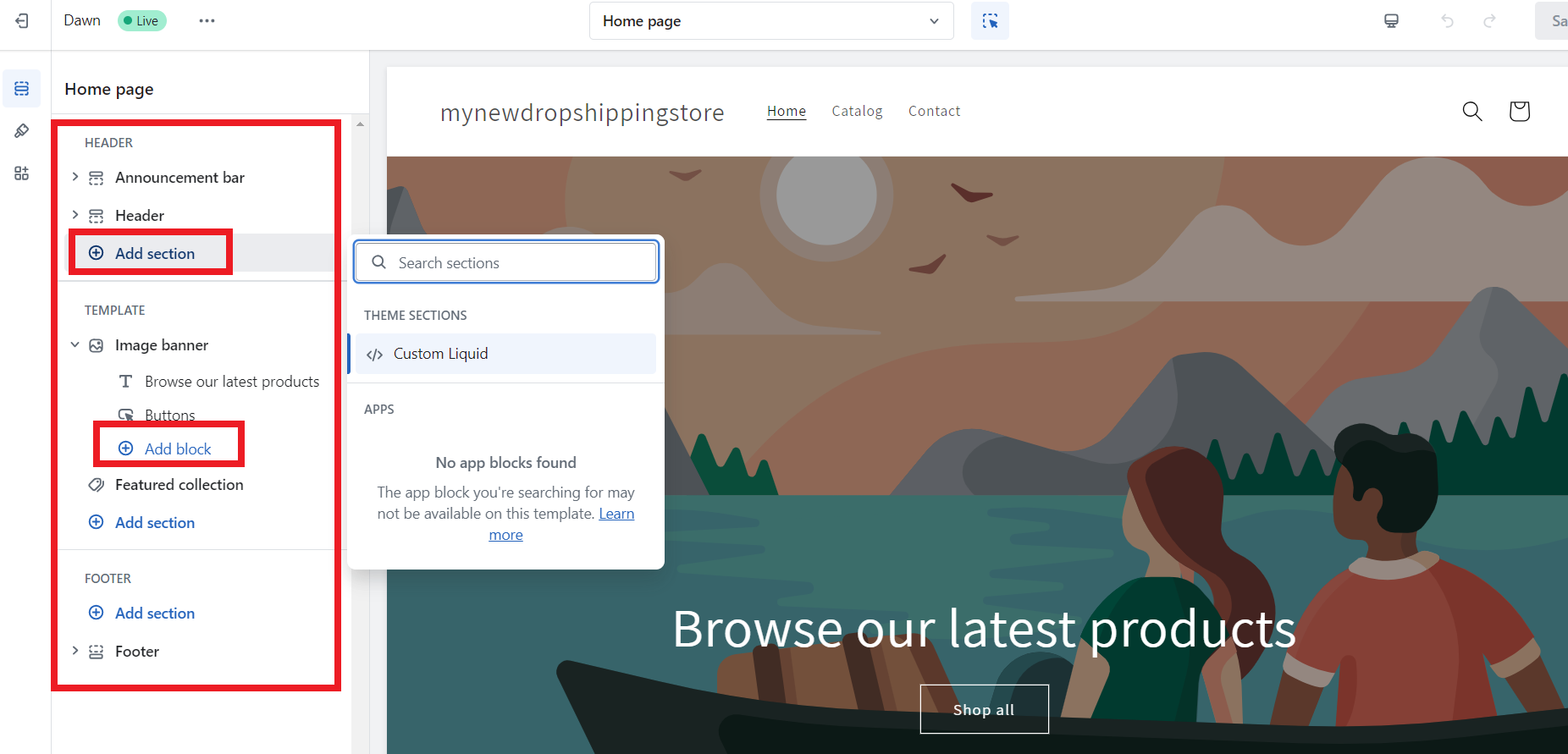
Plus, it integrates well with dropshipping for dummies apps for smoother operations.
👉 Learn How To Sell On Spotify Today: Step-by-Step Guide + Top Products.
Step 4 -Use AI Tools For Managing Your Dropshipping Business
I have a great option for you. Think about this: what if you only had to pay $1 to get your Shopify store ready without any trouble?
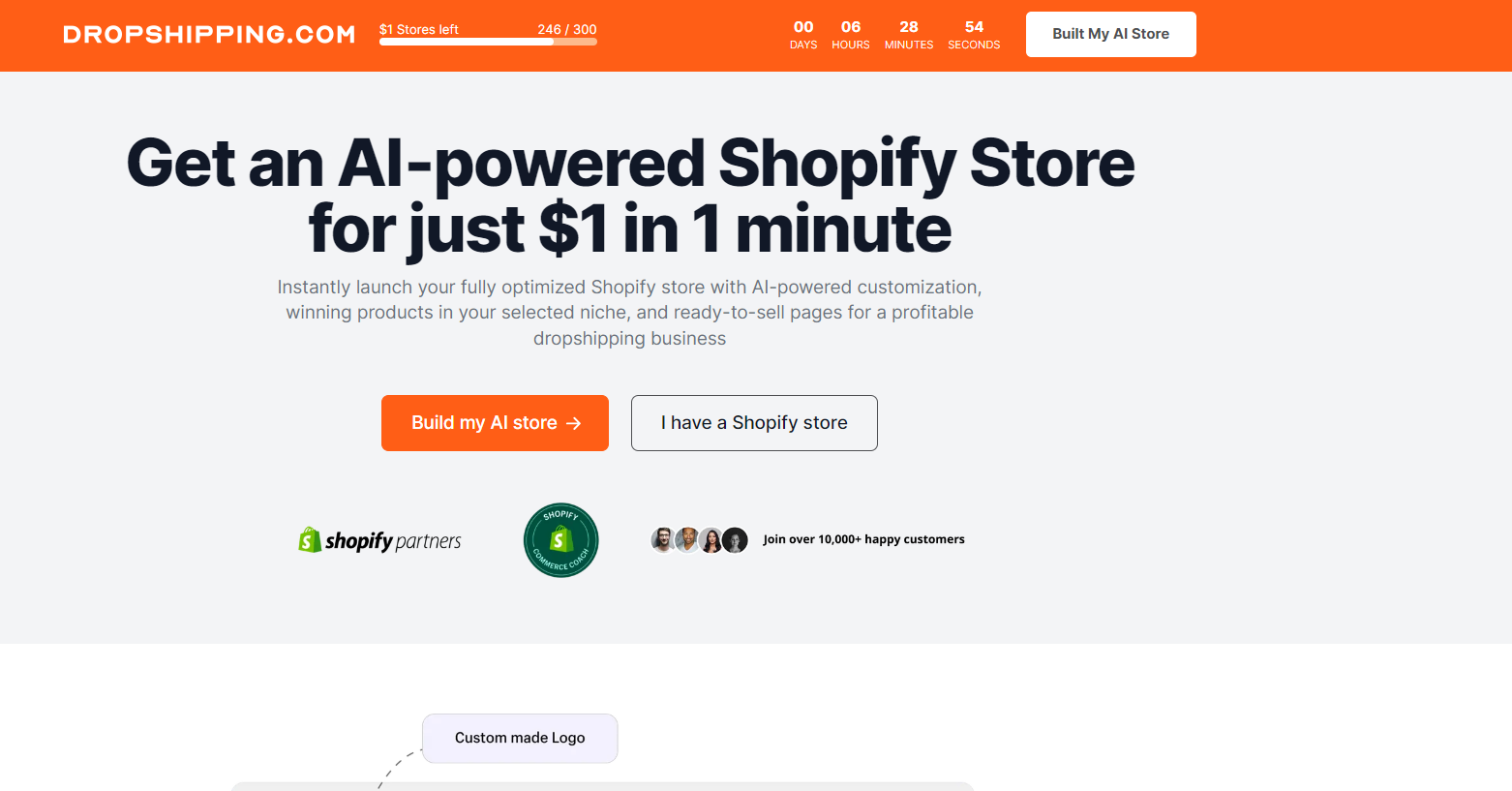
Dropshipping.com can set up your Shopify store quickly, with AI assistance. It will be equipped with the best products in your niche and pages that are ready to help you earn money through dropshipping.
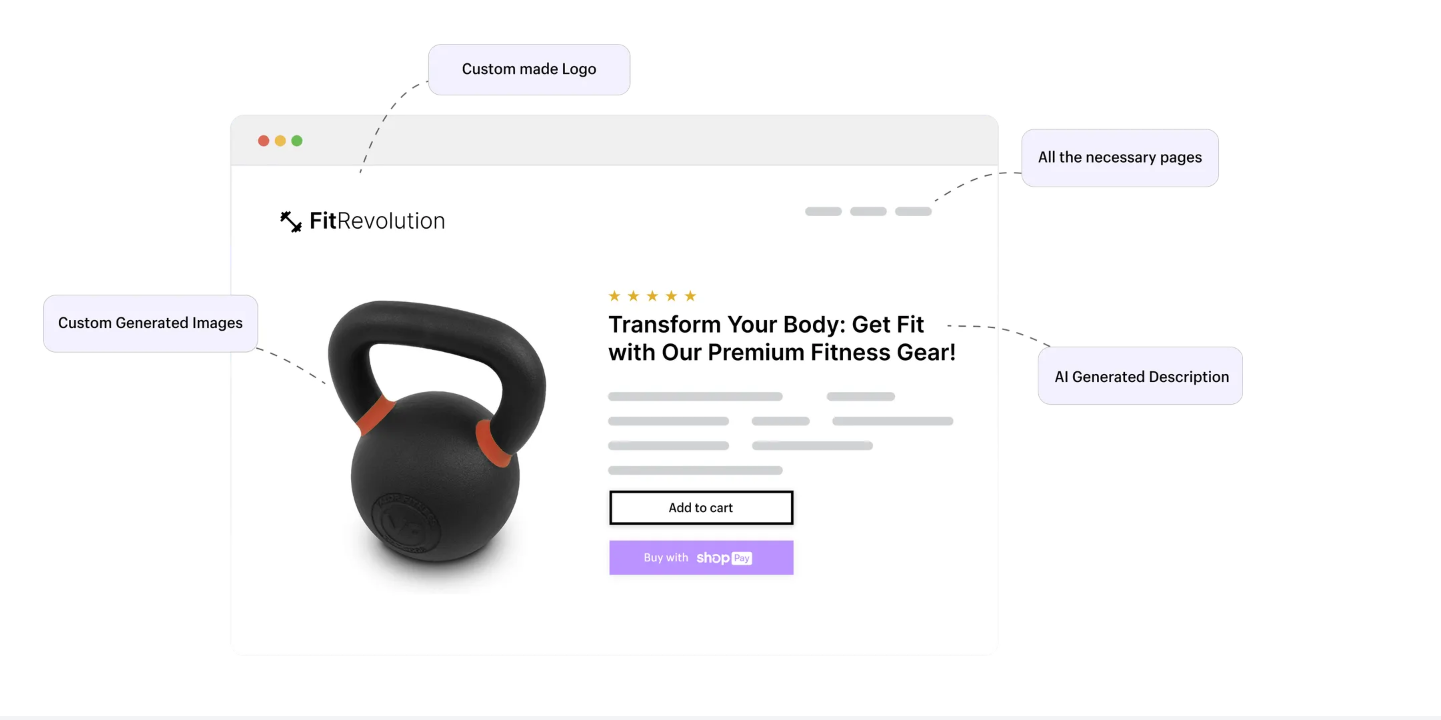
Here’s a simple guide to get you started:
- Choose your niche – Pick a business area from our custom list.
- Set up your store – Their AI technology will create your store, load it with top products, and provide all the necessary details.
- Start selling – With the AI-prepared store and products, plus your selected supplier, you’re fully prepared to begin selling.
And there’s more good news: for just $1, you receive:
✅Top suppliers from the US/EU – Reliable suppliers from the US, EU, and beyond ensure fast delivery of high-quality products.
✅ Access to over 1 million products – Use Spocket as your dropshipping supplier to pick from a vast array of products.
✅High-quality, unique store themes – The AI custom designs your store with unique, high-quality themes.
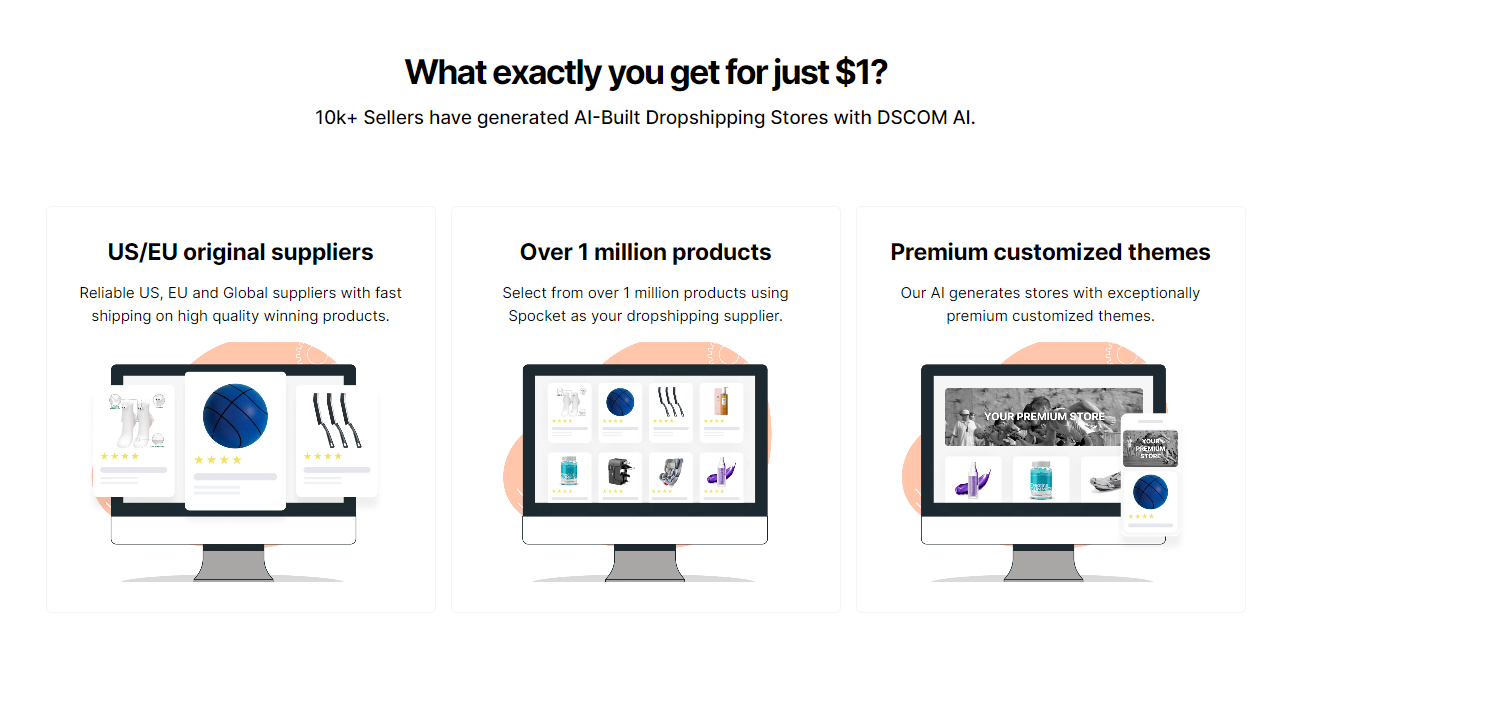
Step 5 – Use Good Marketing Strategies
Then, use digital marketing to attract visitors to your store. Consider SEO, social media marketing, email campaigns, and paid ads.
You can also increase sales by cross-selling, up-selling, offering discounts, or using video marketing to showcase your products more effectively.
Step 6 – Deliver Great Customer Support
Lastly, providing excellent customer service is critical as customers expect prompt and attentive support.
Ensure you offer 24/7 help and multiple contact methods like email, social media, phone, and chatbots to meet various customer preferences. Knowing the ins and outs of dropshipping, you understand how vital good support is.
For example, I am using Tidio as my customer service platform. Thus, with their multichannel feature, I can connect chats from various platforms, and use their AI feature for better conversation, and no delays.
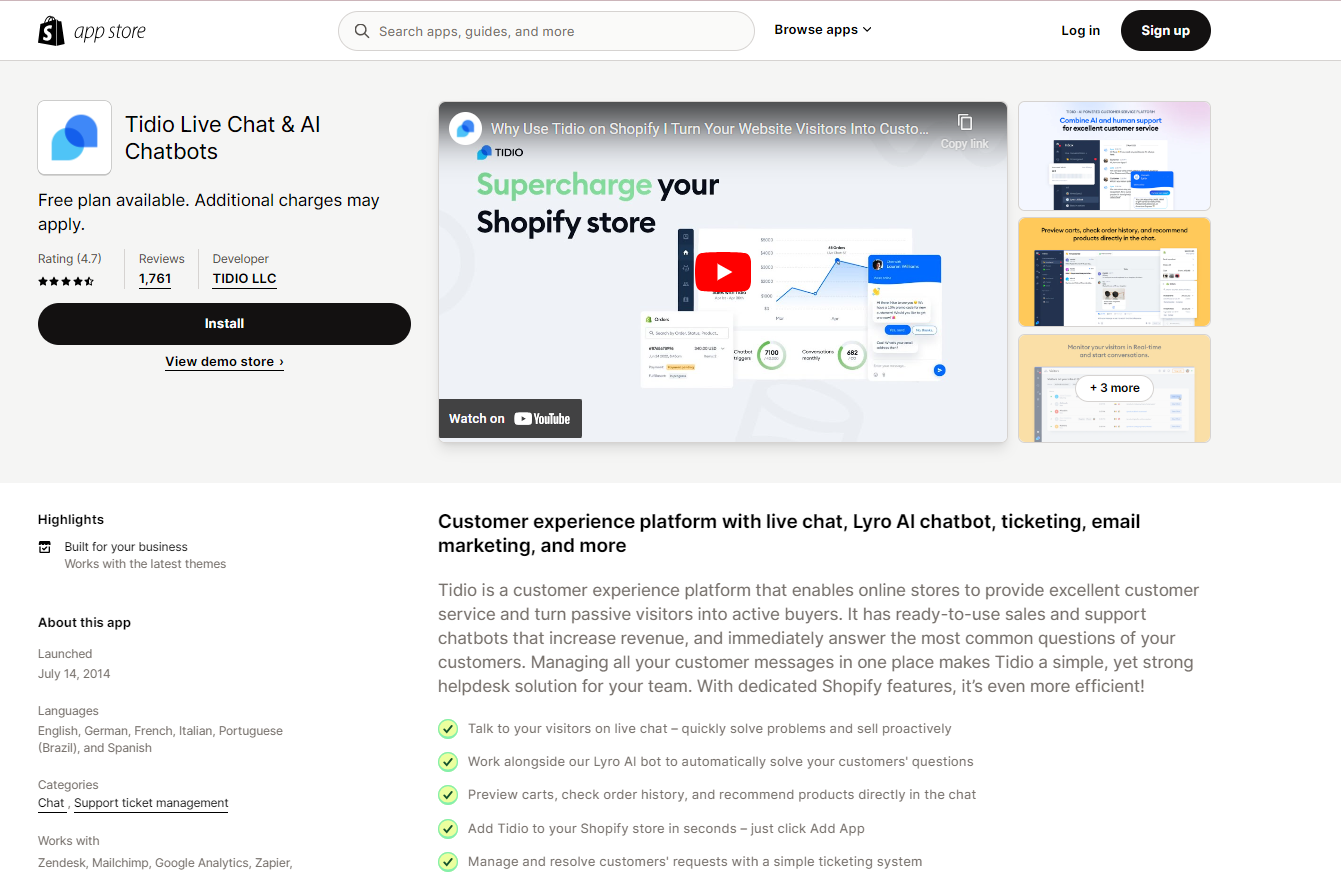
Dropshipping for Dummies: Starting with Shopify
➡ Sign Up for a Shopify Account
To start, visit Shopify.com and use the signup form. Click “Start a free trial” to begin. You’ll answer some questions about what you plan to sell and other store details.

For example, for this guide, I called my store “My New Dropshipping Store“. After signing up, you’ll access your Shopify dashboard.

➡ Customize Your Store
Next, explore the Shopify Theme Store where you can pick from free and paid themes, each with unique features.
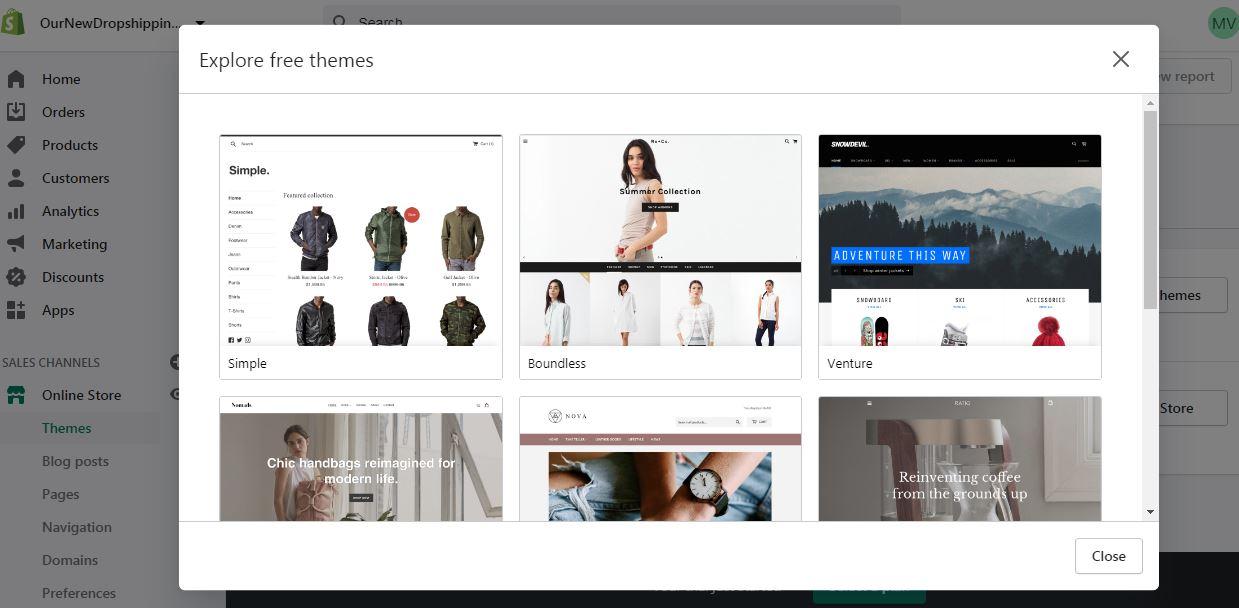
Each theme comes with its own features and styles, so there’s plenty to choose from.
When you’re ready to pick a theme for your dropshipping store, simply go to ‘Online Store’ and then click on ‘Themes’. Here, you can explore and customize the theme that best fits your needs.
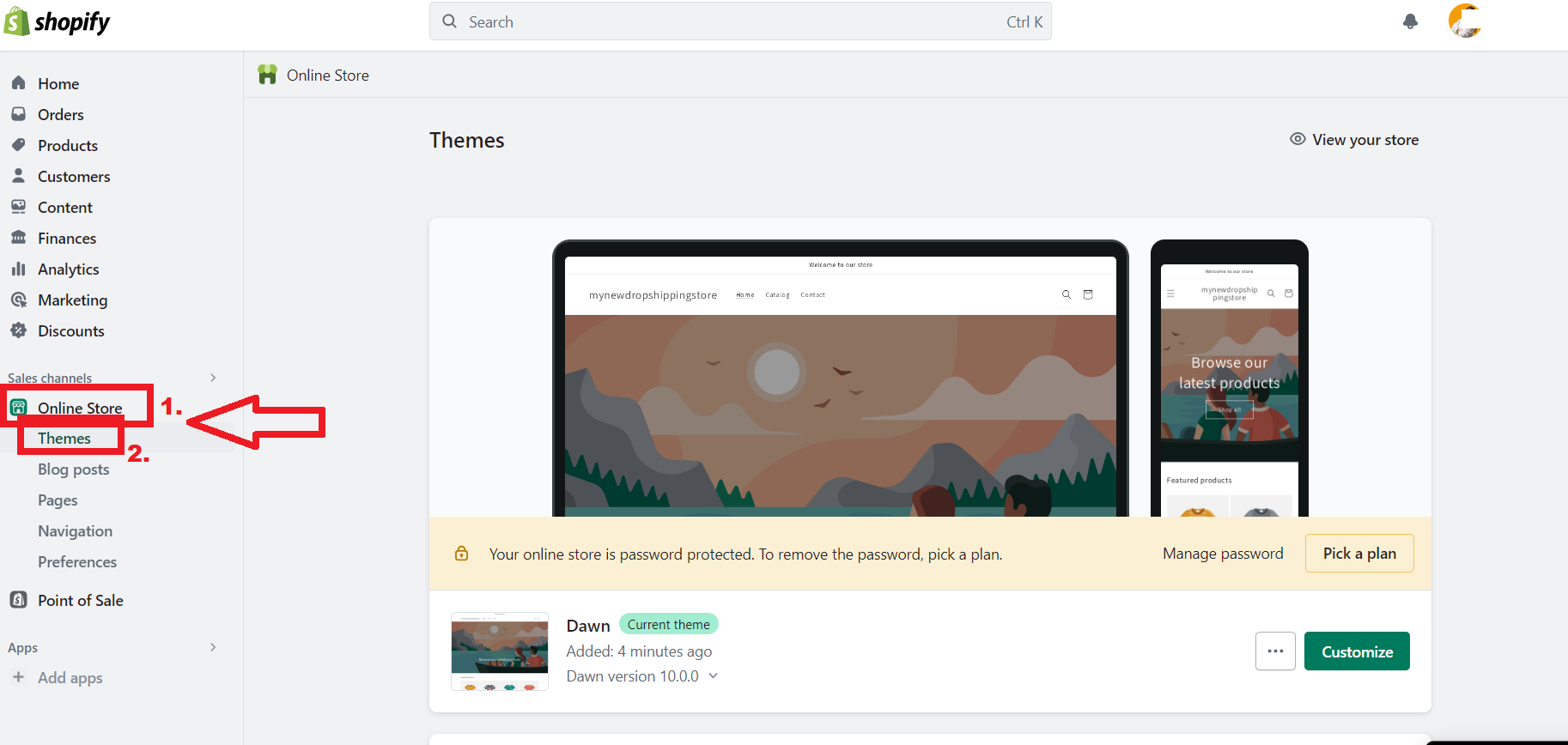
Additionally, some themes are versatile and work well for a wide range of products, while others are tailored for specific types of stores. For instance, the Dawn theme is ideal for a modern clothing store.
💡 Tip: Learn How To Change Themes On Shopify: A Guide For Dropshippers.
Before you dive into selecting a theme, it’s a good idea to jot down a list of essential features you need. Think about what functionality is crucial for your store, such as customization options and flexibility.
Once you’ve picked a theme, don’t worry if you’re not completely sure it’s the perfect one for your first Shopify store.
If it turns out it’s not the right fit, you can always change it later.
Now, its time to customize your theme.
To customize your selected theme, just click on the “Customize” green button.

Your theme will have sections and blocks that you can add, remove, rearrange, or hide.
This allows you to tailor all the basic features of your dropshipping store as you see fit. Plus, Shopify’s drag-and-drop editor makes the whole process straightforward and user-friendly.
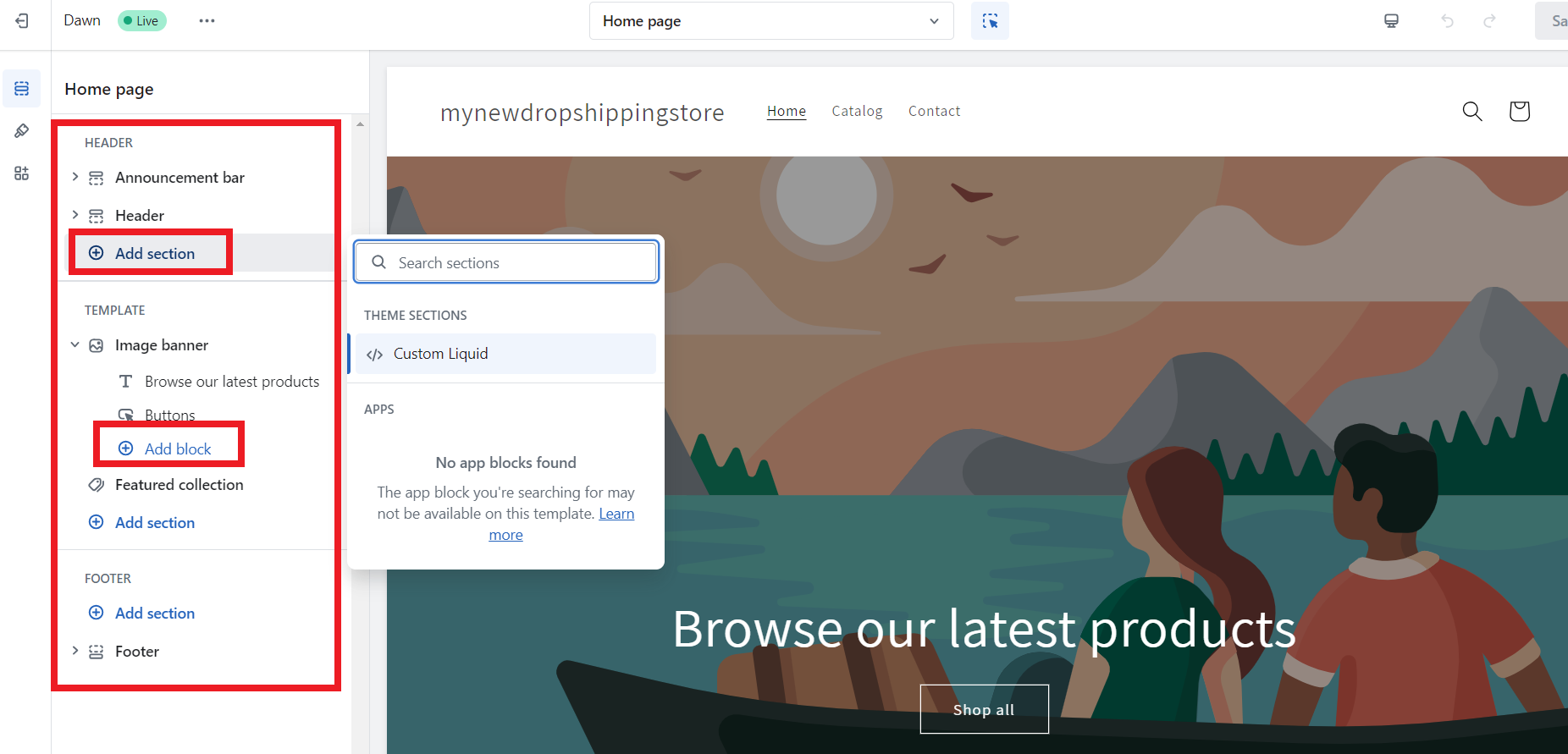
To set up the main menu or navigation for your Shopify store, head over to the Shopify admin dashboard.
From there, navigate to the “Online Store” section and click on “Navigation”. This is where you can adjust your store’s navigation settings, including the main menu or footer.
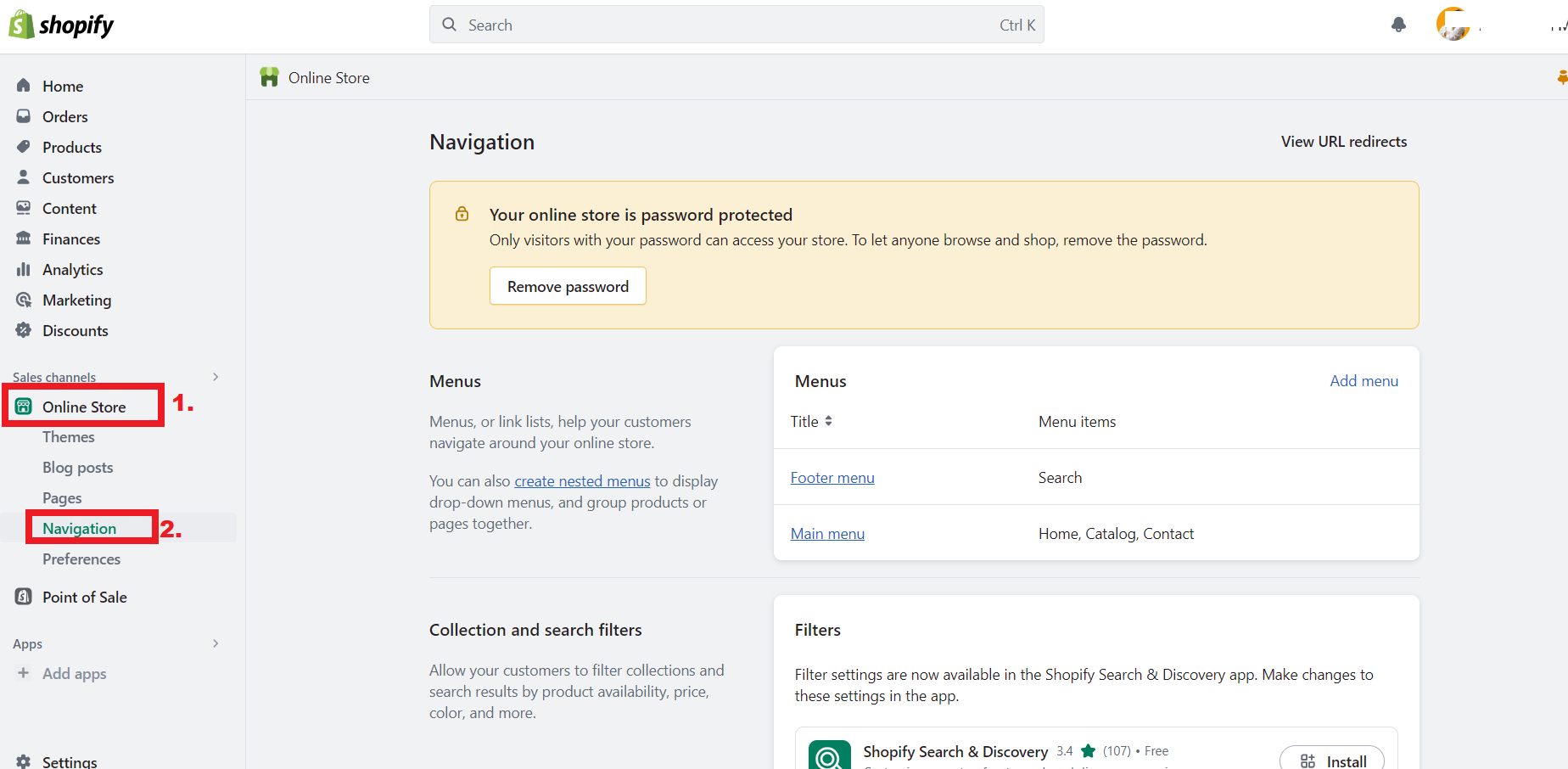
This setup ensures that everything is just the way you want it for optimal store operation.
👉 Read about How To Set Up Your First Store On Shopify [No.1 Beginners Guide].
➡ Install Dropshipping Apps
Shopify’s app store contains many apps to enhance your store, from product sourcing to marketing.
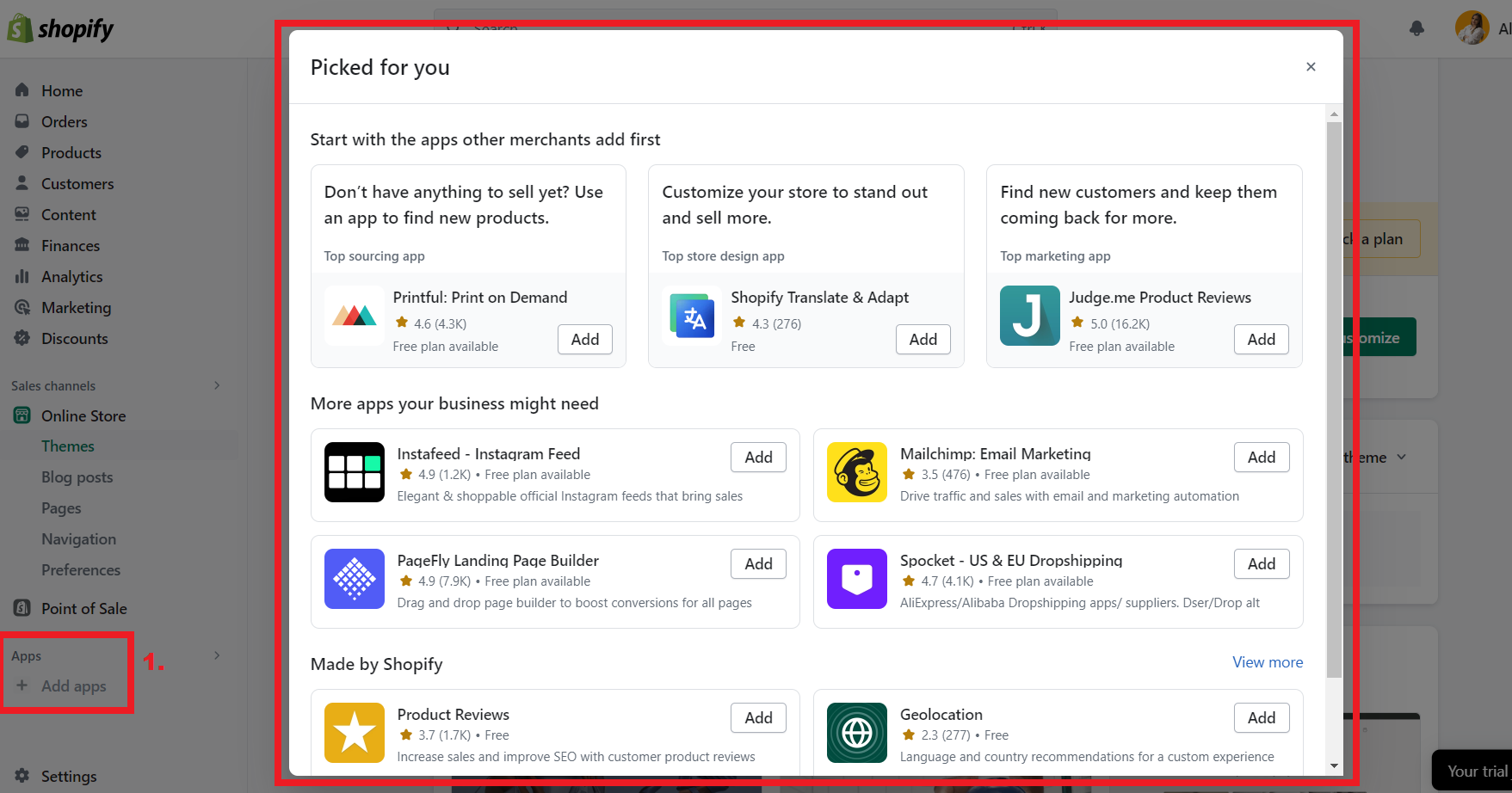
Also, you can access it from your dashboard or directly by searching online.
So, there are numerous apps for dropshipping for dummies like BigBuy, AutoDS, Spocket, or Inventory Source., which are excellent for finding suppliers and products.
➡ Upload Your Products
Click ‘Products’ then ‘Add your product’ to start your listings. You can also use Shopify’s product research tools to find items to sell.
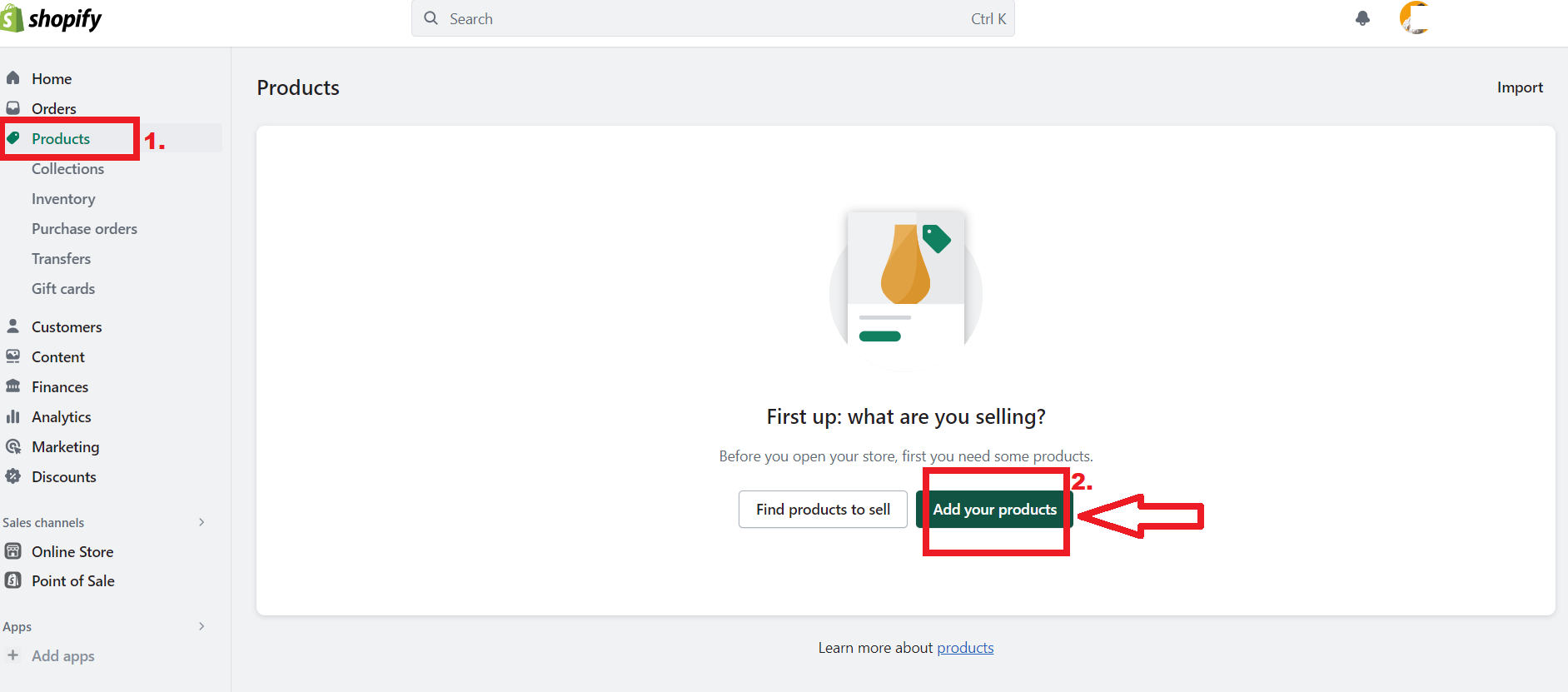
Hence, you can import products individually or in bulk as needed. Set up your product listings with titles, descriptions, photos, and details like quantity and collections.
➡ Set Up Payments
Finally, configure your payment settings under ‘Store settings’. Shopify Payments supports various gateways like Shopify Pay, Google Pay, and credit cards.
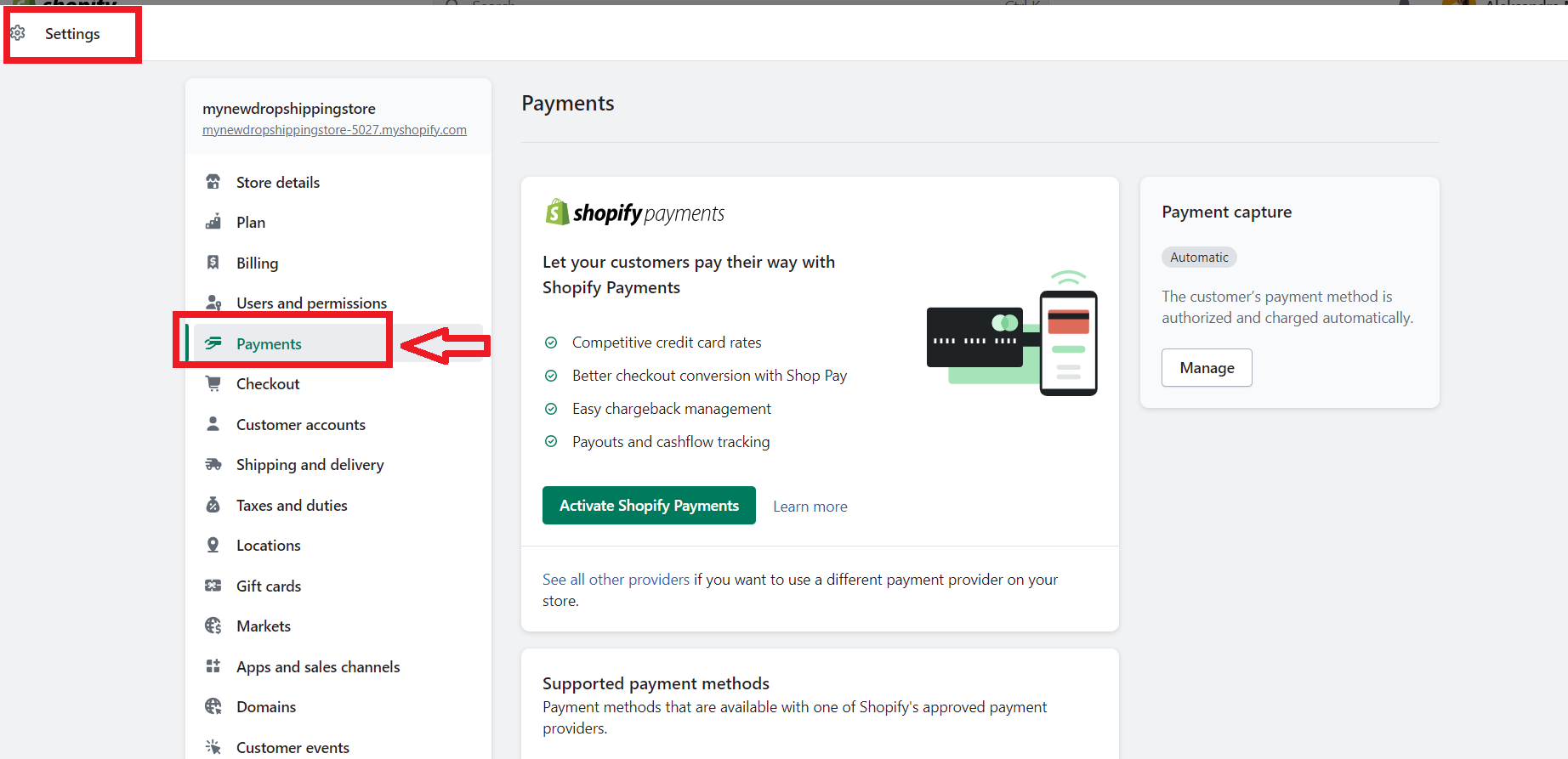
Choose a payment method that suits your customers’ preferences, possibly after some research or surveys.
Dropshipping for Dummies: Selling with AliExpress
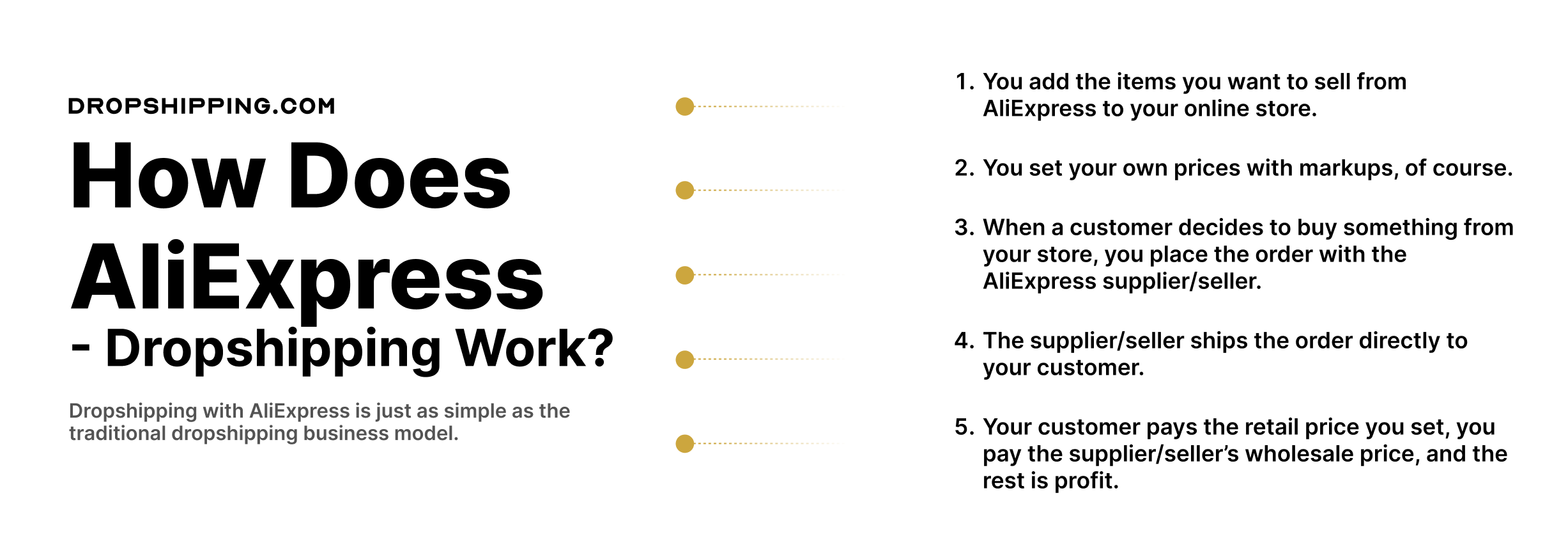
➡ Create an AliExpress Account
To kick things off dropshipping for dummies, first, you need to create an AliExpress account.
When you land on the AliExpress homepage, spot the “Account” button at the top right and click it, then choose “Register.”
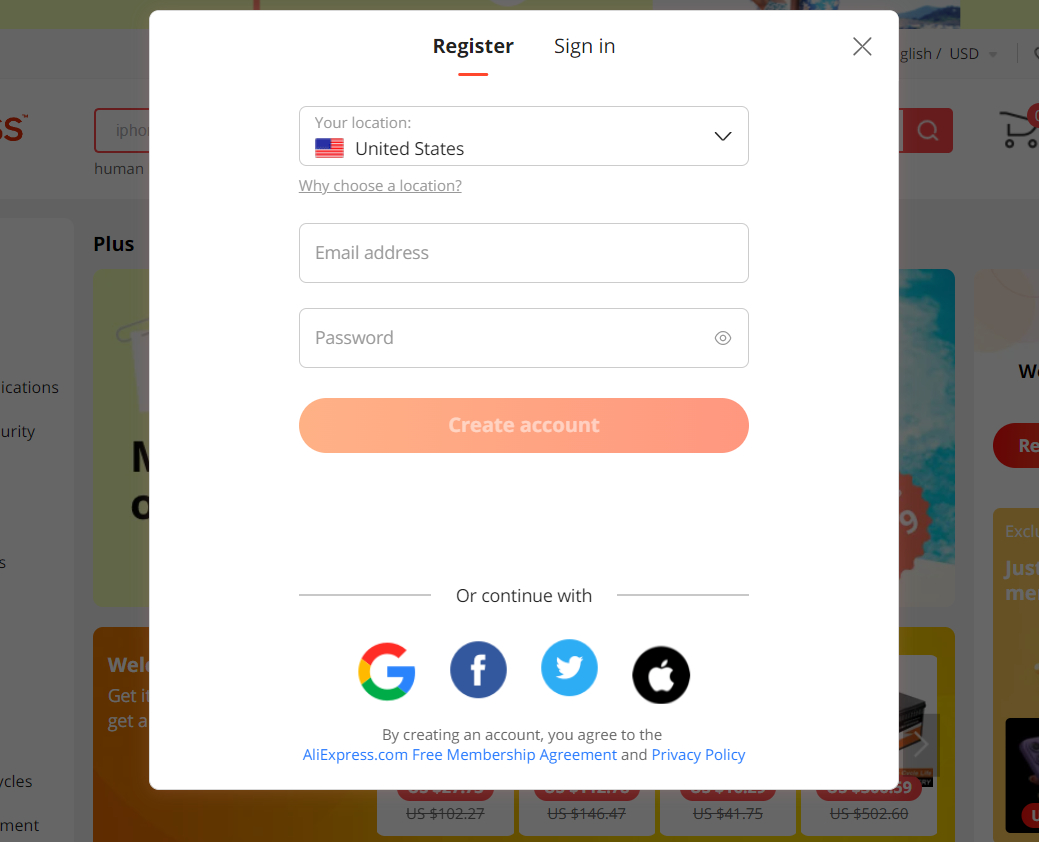
If you’re looking to get started quickly, there’s also the option to sign up using your social media accounts.
➡ Build Your Online Store
Once you’re set-up, it’s time to build your store.
Platforms like Shopify, WooCommerce, and BigCommerce seamlessly integrate with AliExpress, making it simpler to start.
For instance, with Shopify, you can use an app like AutoDS to import products directly from AliExpress and manage your business.
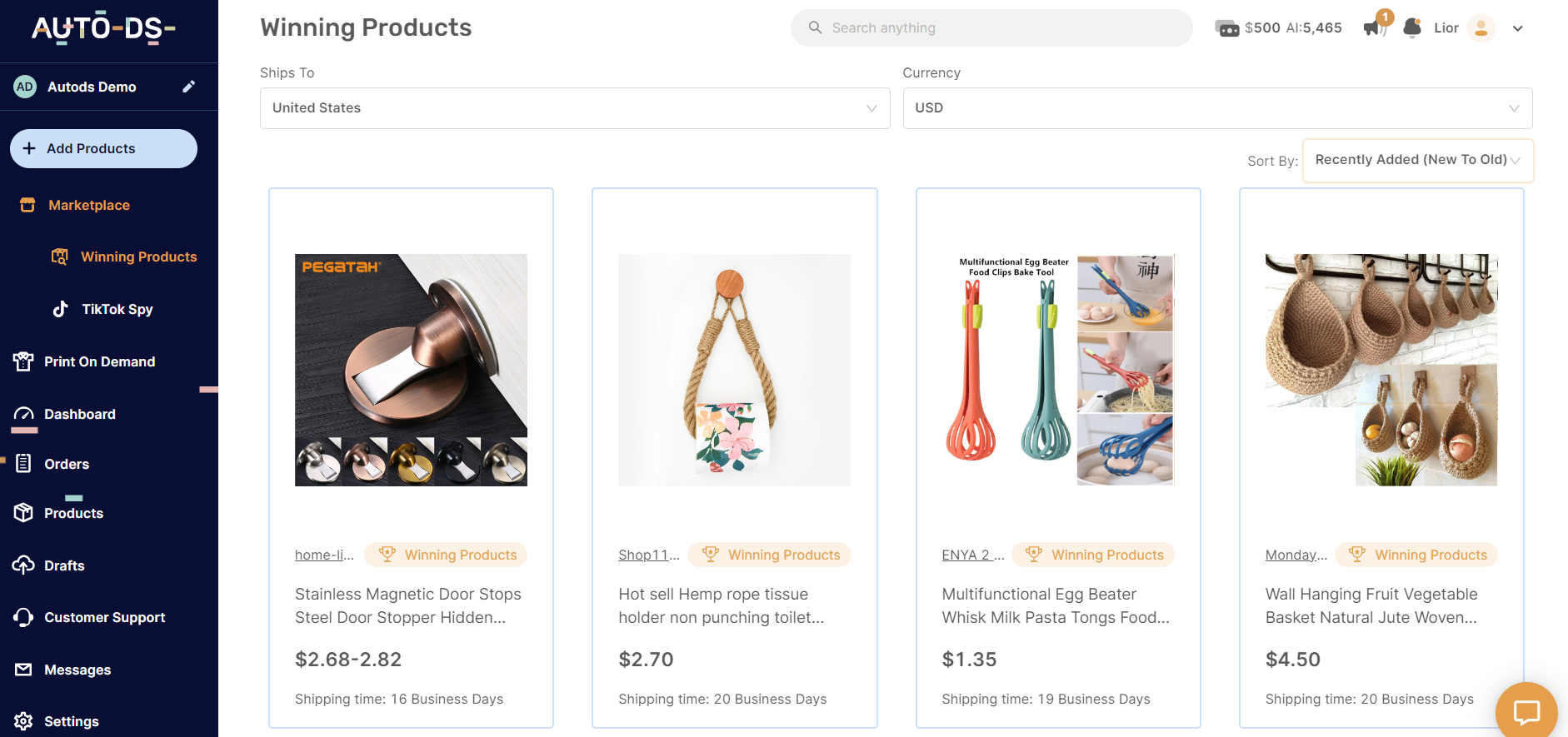
It also supports various dropshipping apps, allowing you to automate most of your operations.
➡ Choose What to Sell
Deciding what products to sell from AliExpress is vital for your success. If you’re new and unsure where to begin, start by exploring the best-selling page on AliExpress to identify popular items.
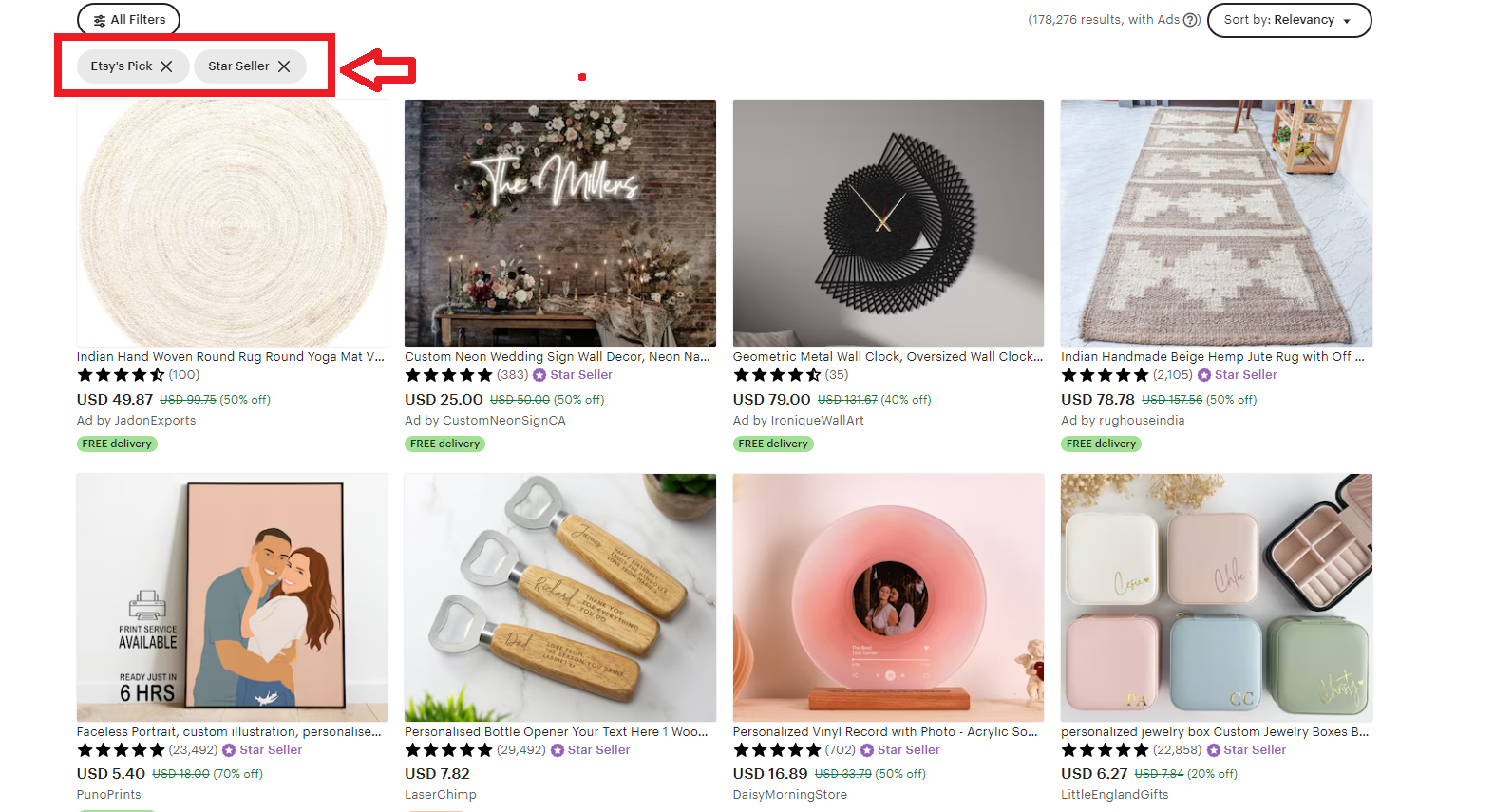
So, tools like the AliExpress Dropshipping Center and AliShark can help you find profitable niches and top-selling products. These tools are incredibly beneficial for researching and selecting products.
➡ Find Trustworthy AliExpress Suppliers
The next advice for dropshipping for dummies is that you need to ensure you’re working with reliable suppliers.
So, you need to remember that there are lots of suppliers on AliExpress that might not be trustworthy.
Thus, the platform is known for its low-quality products and slow shipping times, so you must be EXTRA careful here.
Therefore, I suggest you check on suppliers’ ratings and customer feedback before starting to collaborate.
For example, the AliExpress Chrome extensions, like UpAssistant, can be a great help here.
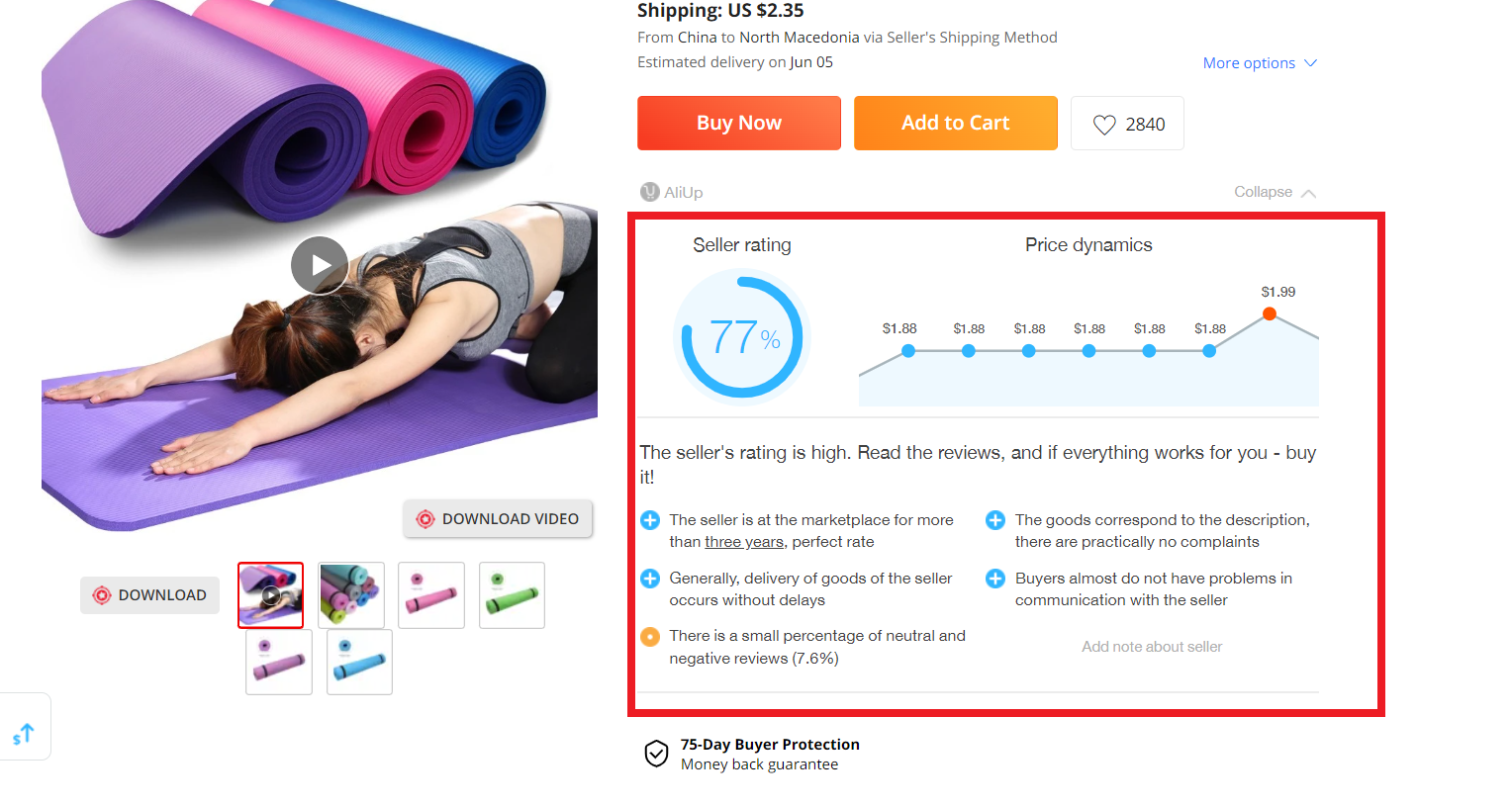
It evaluates suppliers by checking their customer feedback, how long they have been on AliExpress, and their communication effectiveness.
This gives you a comprehensive view of the supplier’s reliability.
➡ Import Dropshipping Products Into Your Store
Finally, importing products into your store is a crucial step. And, worries not, it is an easy breeze for dropshipping for dummies.
Using an app like AutoDS, you can easily add products to your Shopify store.
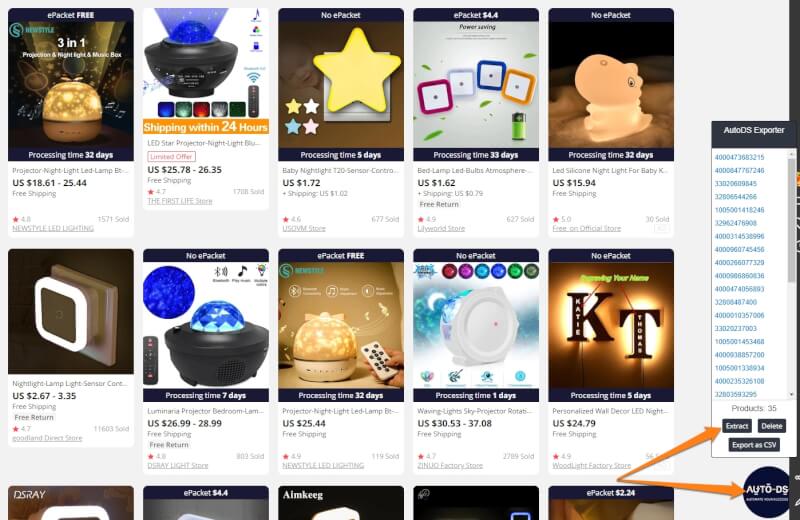
This app not only simplifies the import process but also alerts you about any potential copyright or trademark issues with the products.
While other apps like DSers, Dropified, Importify, etc., also facilitate product imports, it’s important to personalize your product descriptions, set competitive prices, and inform customers about shipping durations to maximize profitability and customer satisfaction.
👉 Check out the Best Dropshipping Products In Any Niche For Max Profits.
Best 5 Niches & Products For Dropshipping For Dummies
Fitness Products
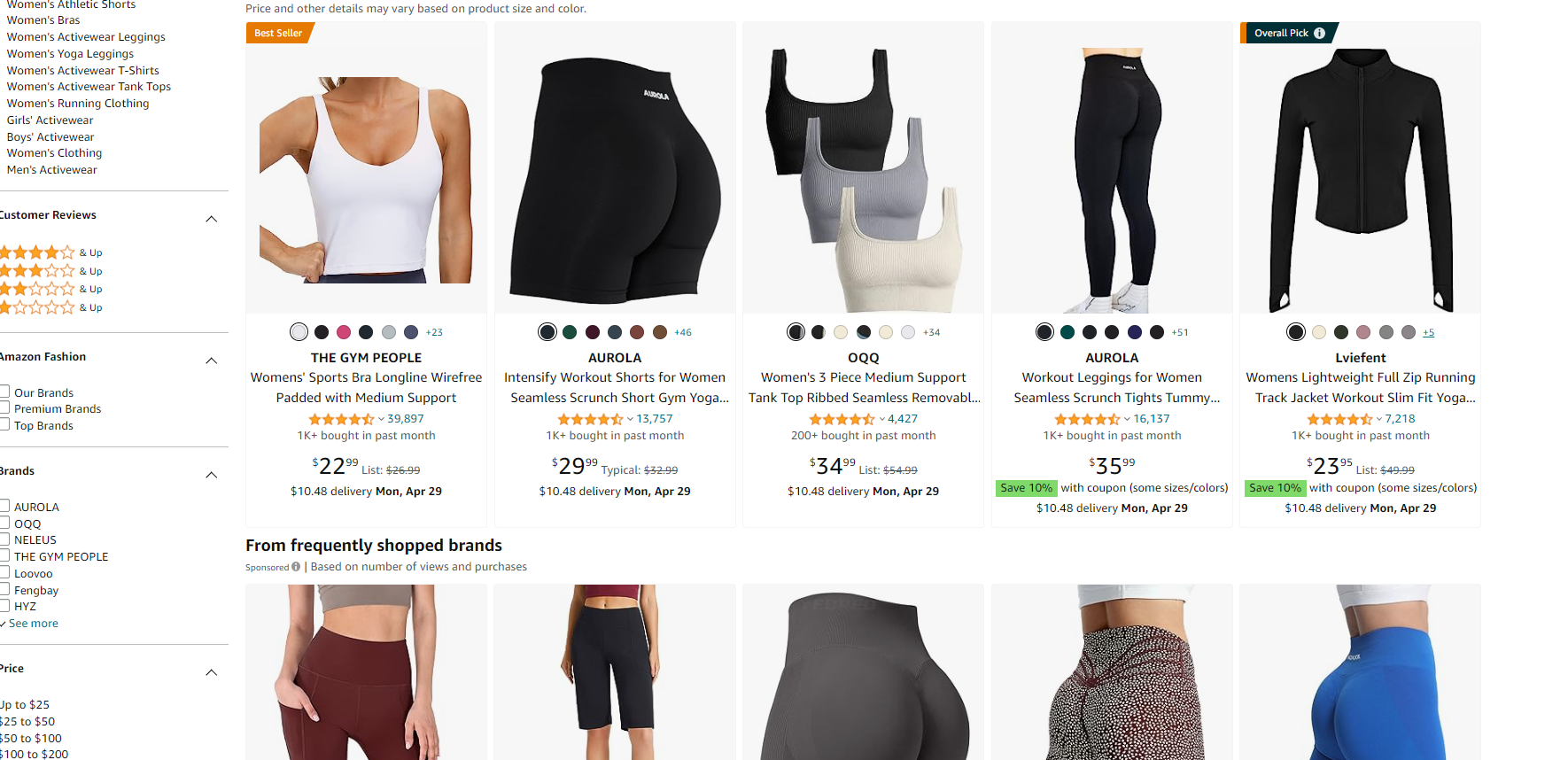
The fitness market is booming, focusing on exercise and wellness items. It’s projected to hit $26.55 billion by 2026.
Fitness products are perfect for dropshipping because they offer great profit margins due to increasing market demand.
Not only fitness enthusiasts are buying these items; everyday consumers, especially women, are purchasing leggings, gym shorts, sports bras, t-shirts, and yoga pants as regular or fashion wear.
These products typically cost between $10-25. Online searches for fitness fashion products are soaring, with over 79,000 searches a month.
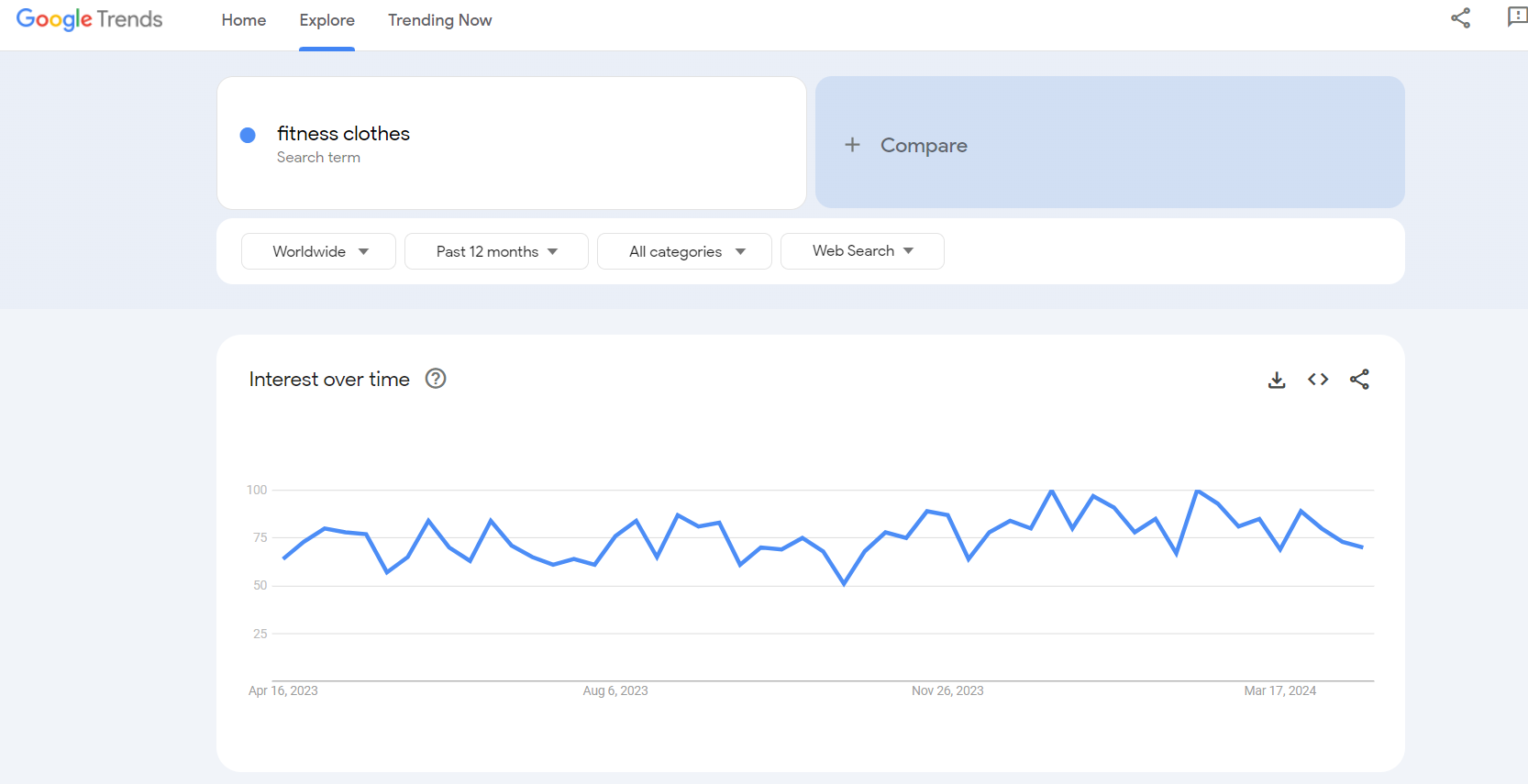
Wearable Devices
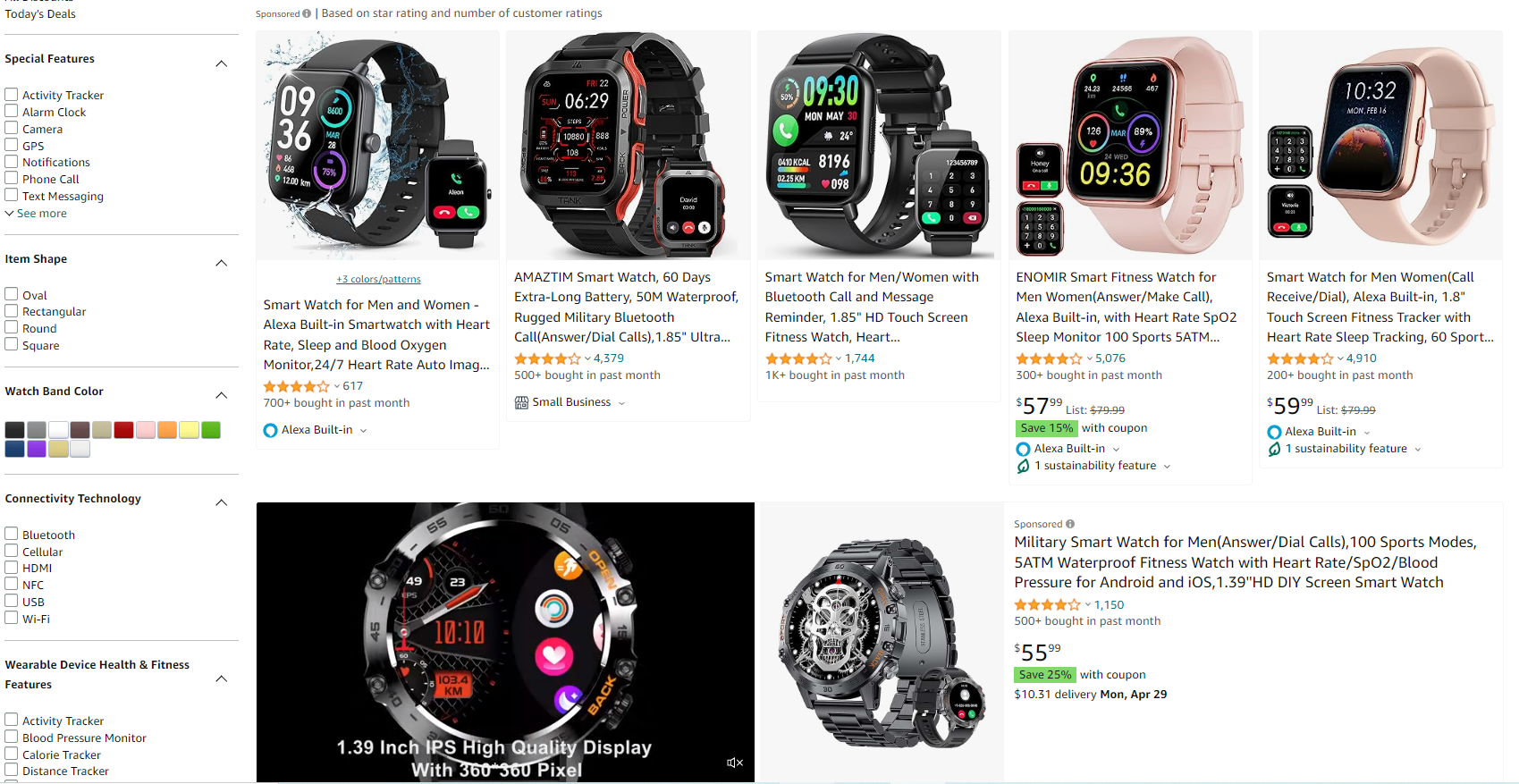
Electronics, like smartwatches, are always popular. By 2024, daily smartphone app use is expected to rise by 22%, with users spending about 4 hours and 30 minutes on their phones daily.
The potential customer base is about 7.41 billion people! Smartwatches alone see 2 million monthly searches.
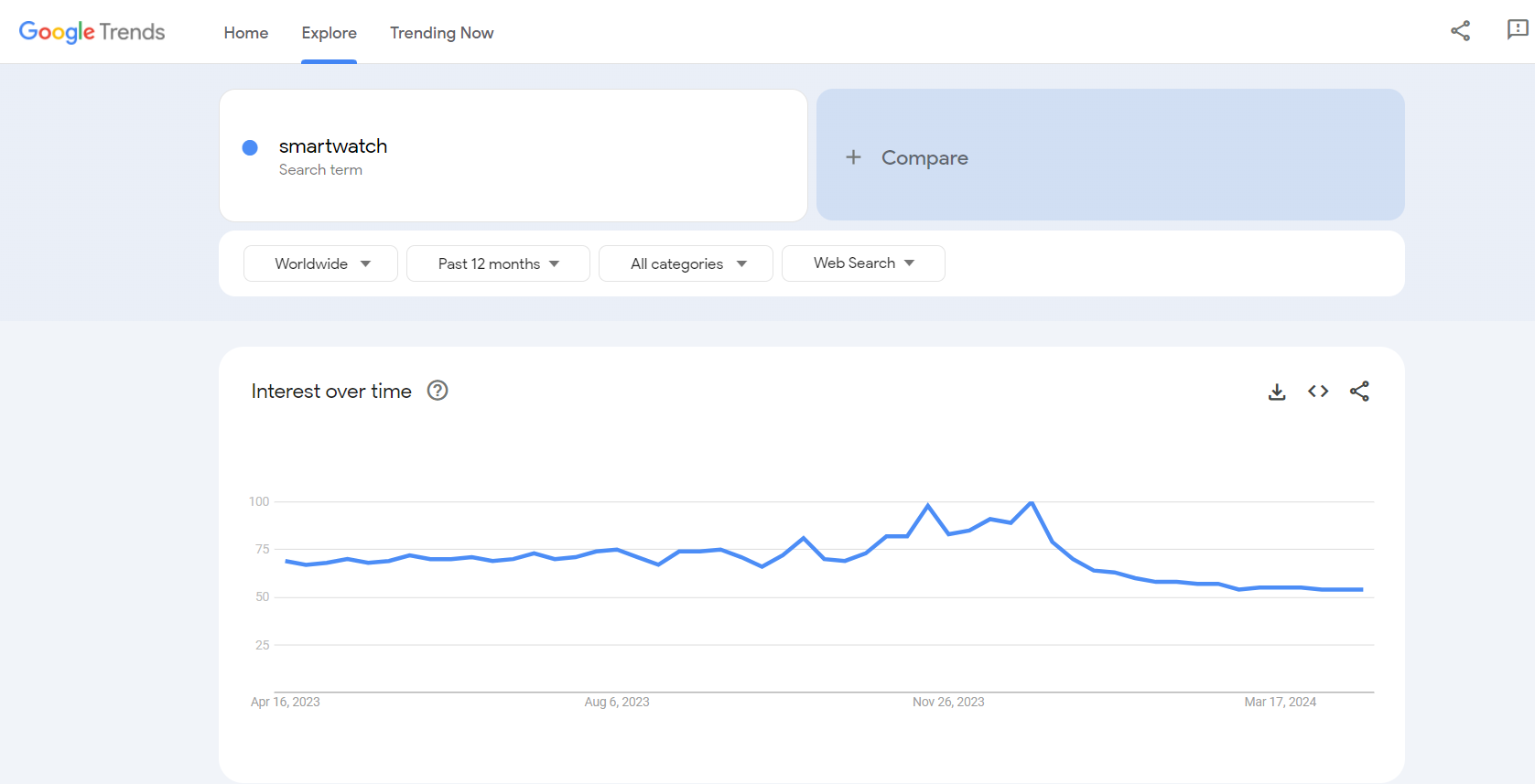
These gadgets have no sign of slowing down, with prices ranging from $10-100.
Phone Cases
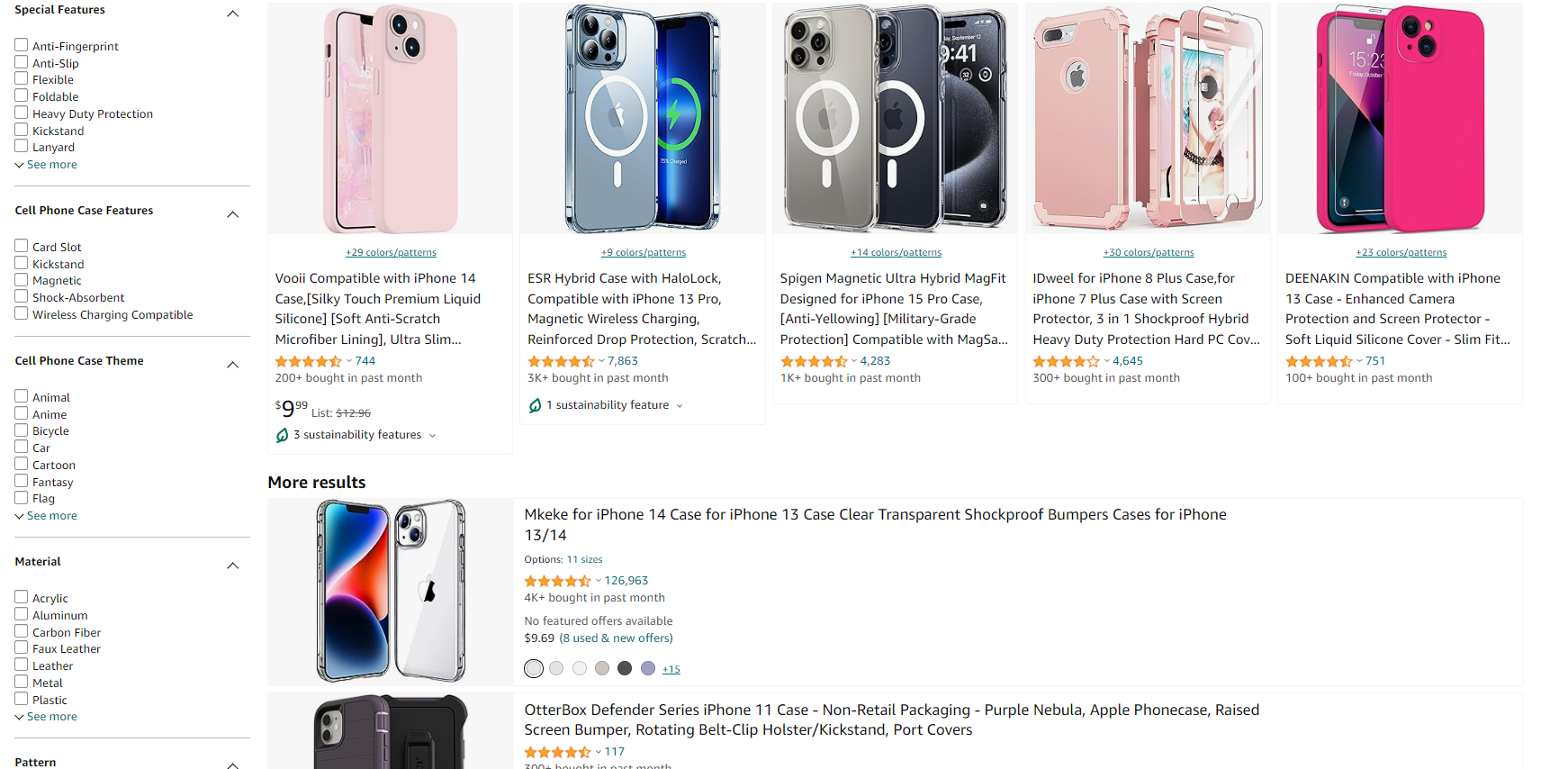
The dropshipping market for phone cases is set to grow to over $29.764 billion in 2024, expanding at a 6.3% CAGR over the next five years.
Phone cases remain a trending product with more than 80,000 monthly online searches.
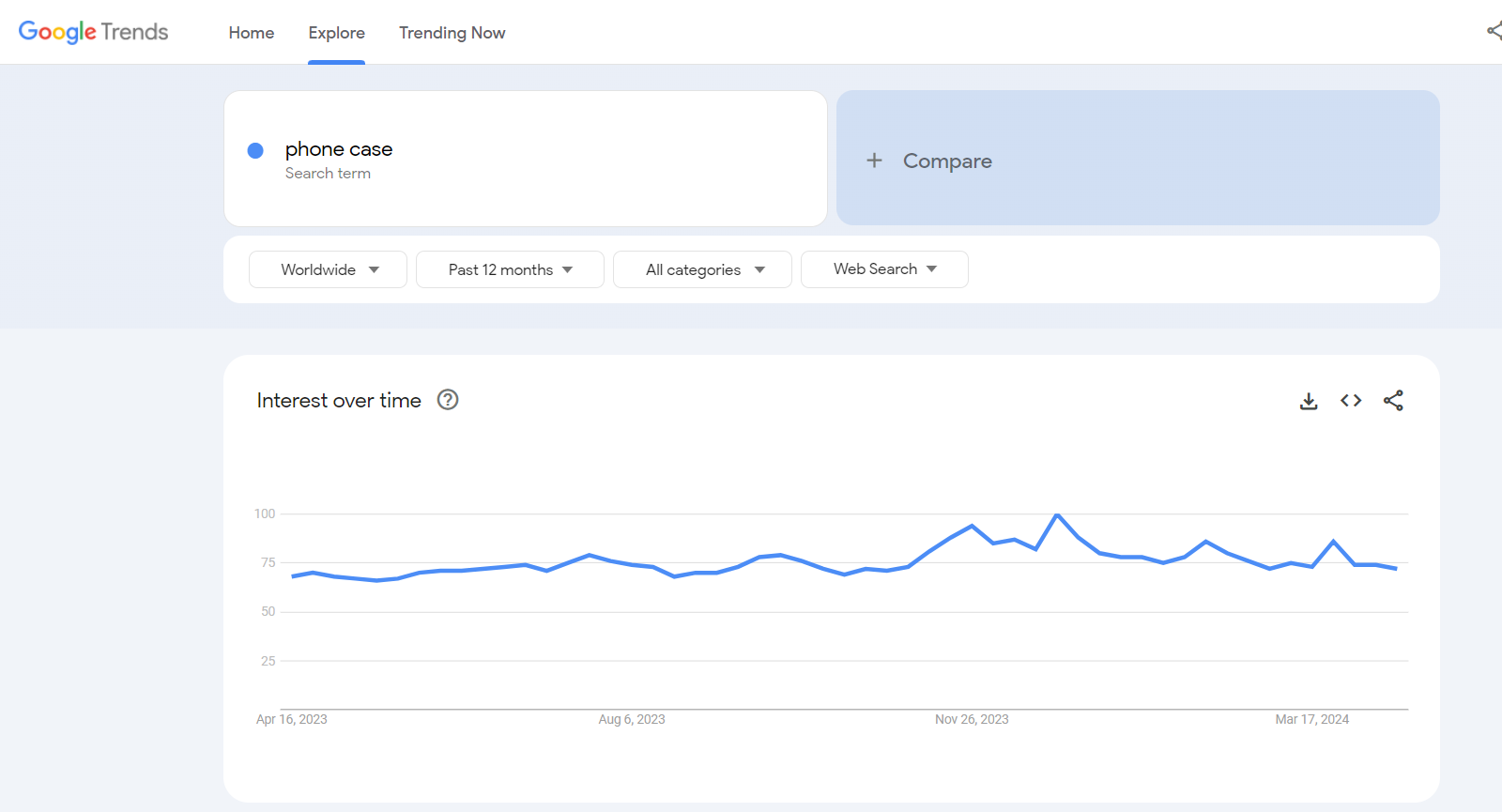
Prices for these cases are typically around $3-20, and they’re easy to manufacture and ship. Offering unique designs could greatly boost your dropshipping success.
Kitchen Supplies
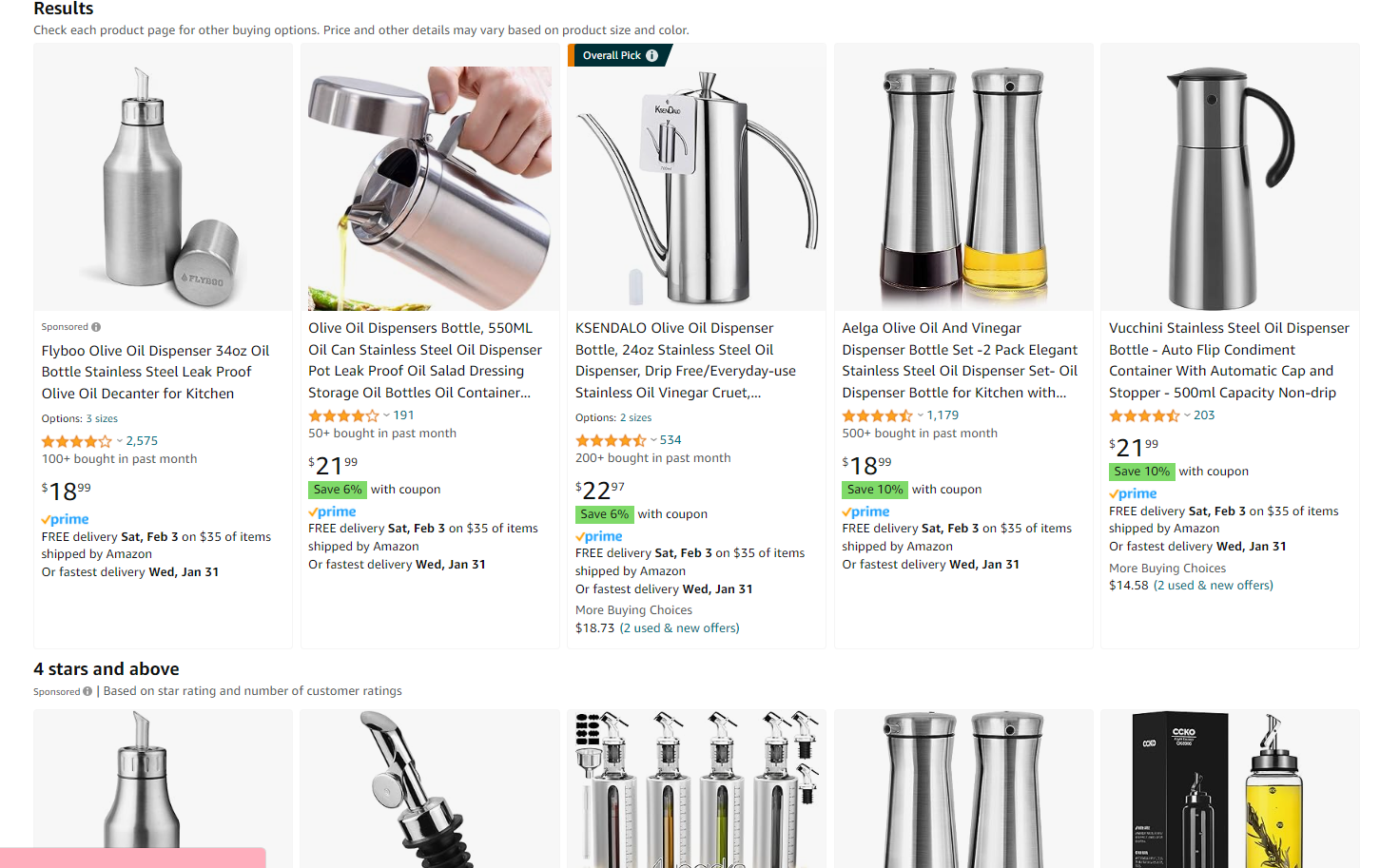
With more people cooking at home, kitchen supplies have become a lucrative niche.
The market value is currently estimated at $82 billion, significantly up from less than $60 million at the start of the pandemic. The global market for kitchenware stands at $17.30 billion.
Plus, based on Google Trends, the demand for these products never turns down.
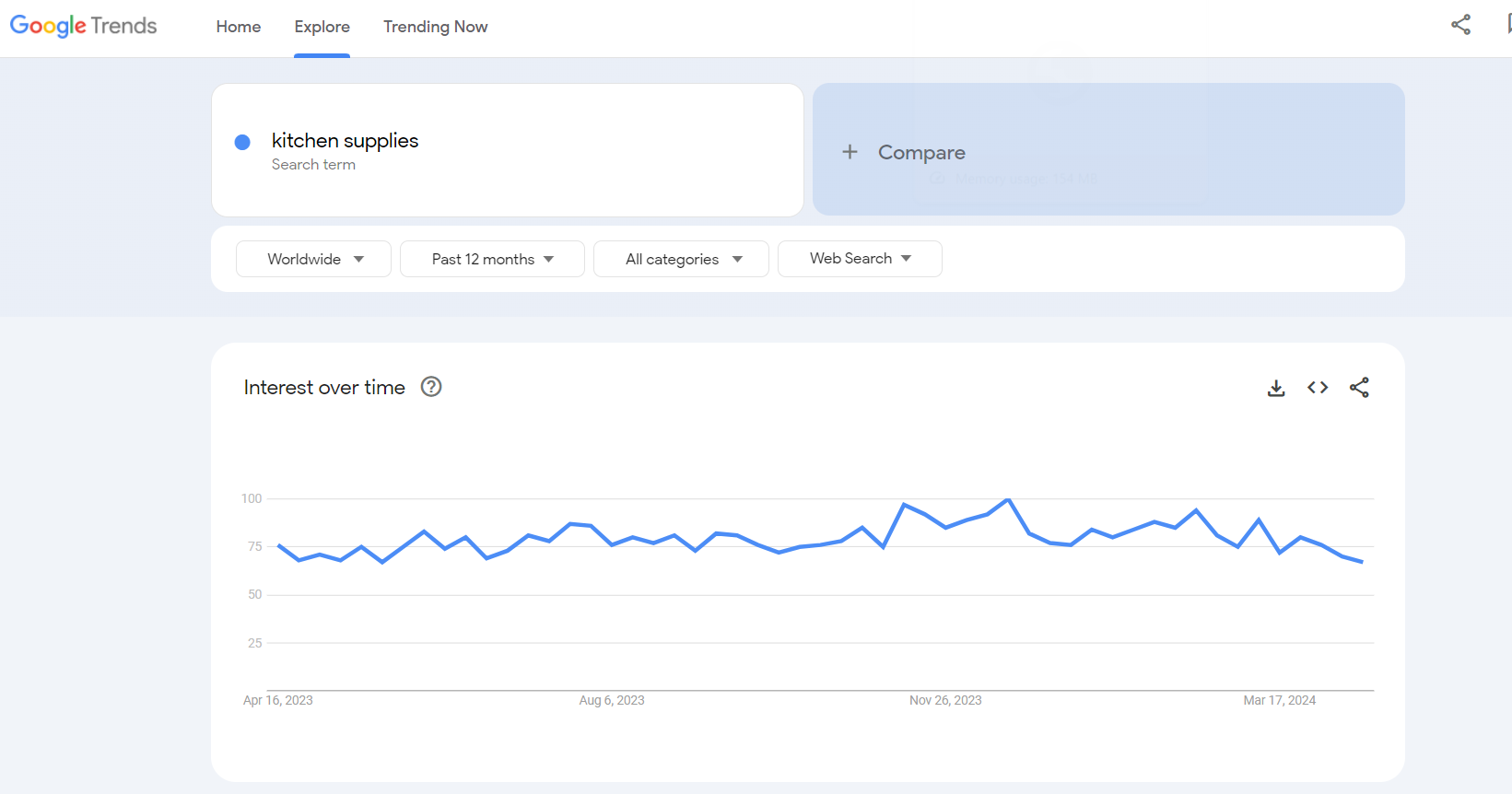
Moreover, kitchen supplies often have very low costs, allowing you to mark up prices significantly.
Health and Wellness
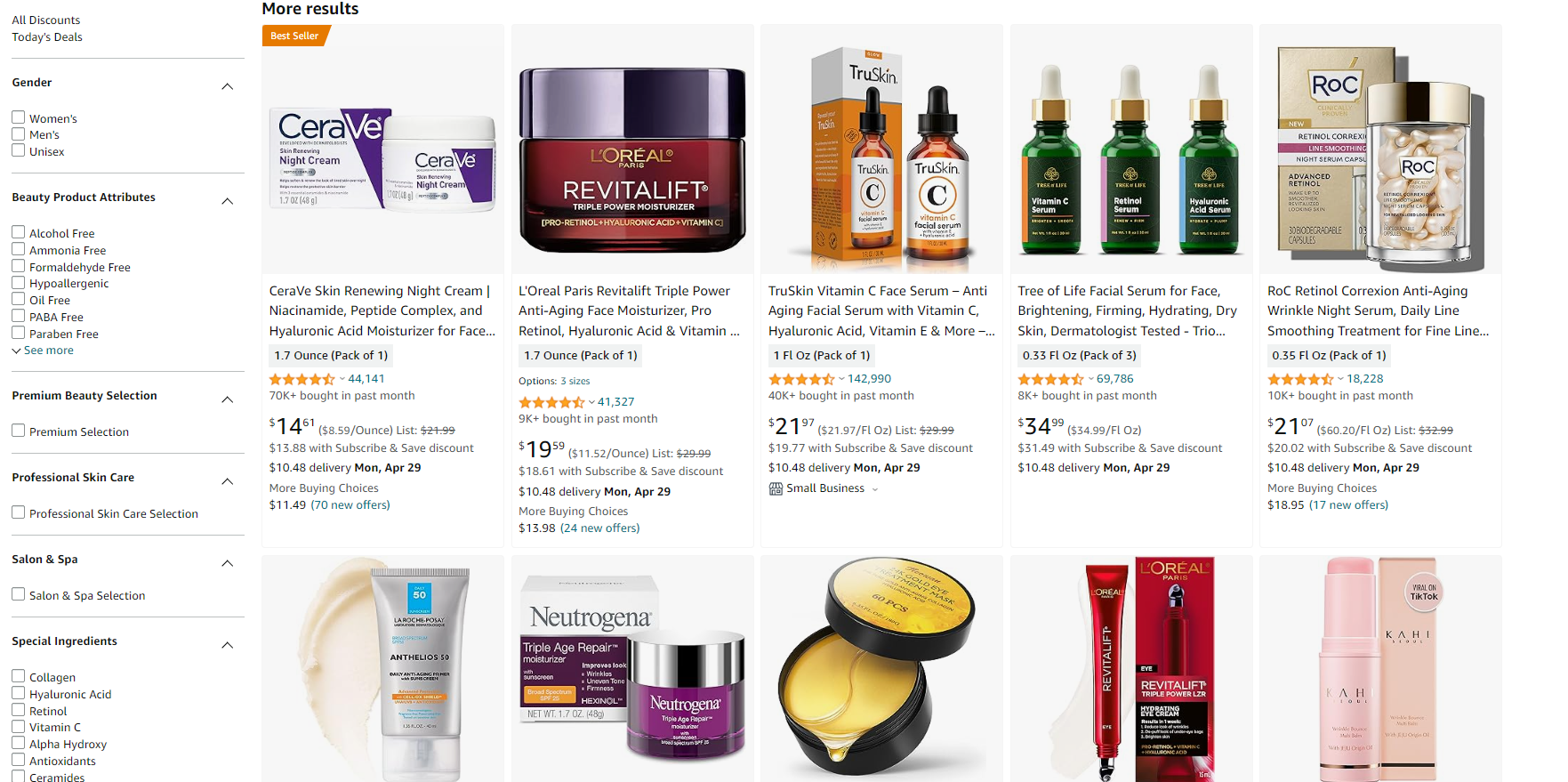
The health and wellness industry is thriving, expected to reach a value of $7 trillion by 2025.
Products in this category vary widely in price, including healthy foods, supplements, vitamins, creams, exercise equipment, and pills.
For instance, anti-aging products like moisturizers, serums, eye creams, SPF sunscreen, and anti-wrinkle eye massagers are in high demand.
Costs for these items range from $6-56, and profit margins are about 40-60%. For example, interest in anti-aging face creams has been high over the past 12 months and is expected to continue growing.
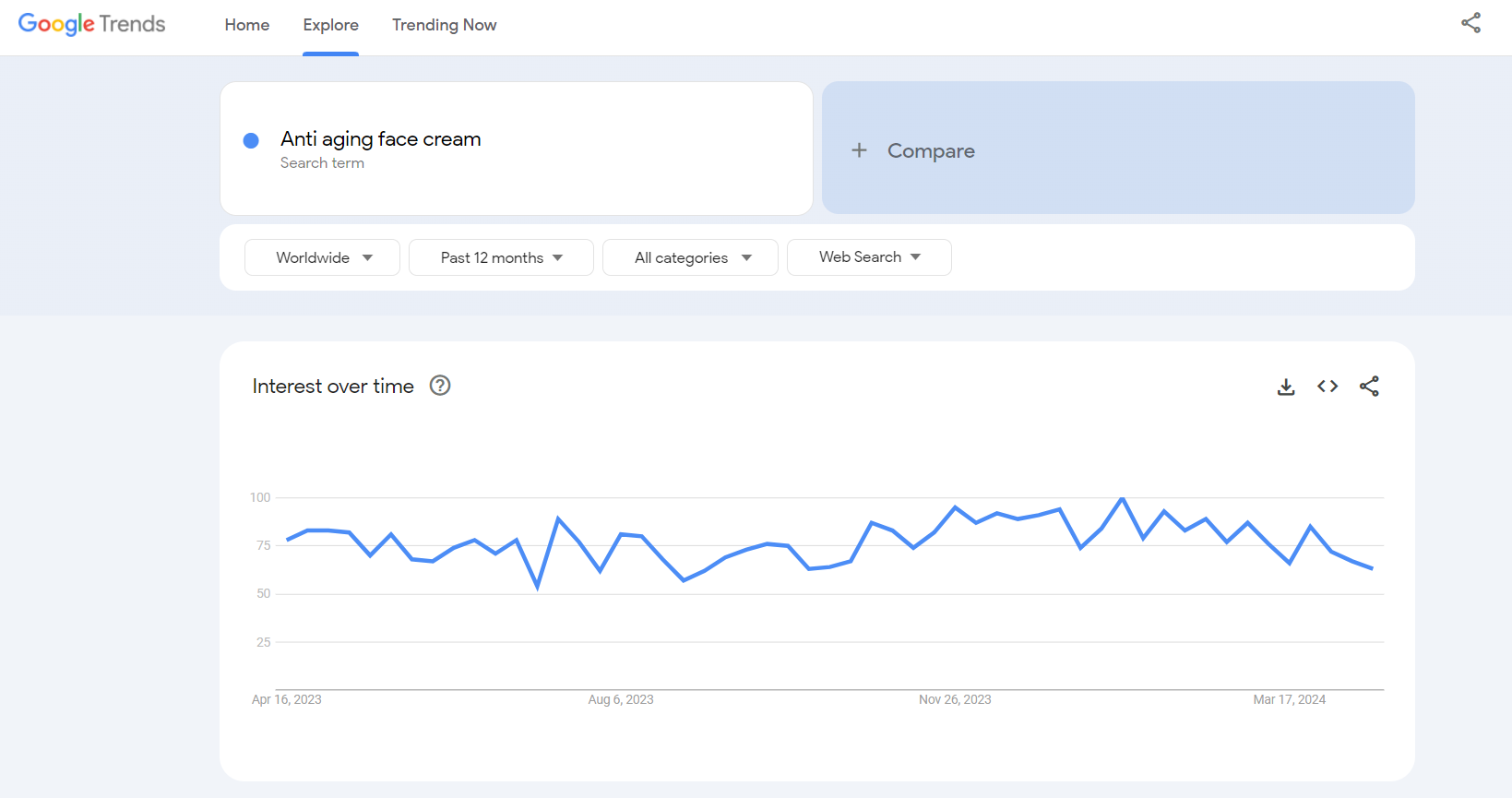
Dropshipping For Dummies: Pros & Cons Listed
Here are some of the pros and cons of this business model, and I’ll help you navigate through them:
Pros of Dropshipping
✅ Low Startup Costs
Firstly, dropshipping significantly reduces the need for a hefty upfront investment in inventory.
This lowers the barrier to entry for new entrepreneurs who might not have a lot of capital, making it an excellent starting point.
✅ Reduced Risk
Additionally, because you don’t need to buy products in advance, there’s less risk of being stuck with unsold inventory.
This flexibility is particularly advantageous if you’re experimenting with market trends.
✅ Flexibility
You can offer a wider variety of products without worrying about storage space.
It’s also easy to switch products or test new markets without financial repercussions from unsold stock.
✅ Scalability
As your sales increase, your business can grow without a need for a corresponding increase in inventory or internal resources.
Most of the fulfillment process is handled by your suppliers, allowing you to scale operations with minimal hassle.
✅ Location Independence
You can manage a dropshipping business from anywhere with an internet connection.
This means you don’t need to handle physical products or worry about warehouse management, offering you tremendous flexibility.
Cons of Dropshipping
❌ Low Margins
On the flip side, the convenience and accessibility of dropshipping often lead to high competition with correspondingly low-profit margins, especially in saturated markets.
❌ Inventory Issues
Since you don’t control the inventory, it can be challenging to keep track of what items are in and out of stock with your suppliers.
This can lead to potential customer service issues.
❌ Shipping Complexities
Handling orders from multiple suppliers can result in complications such as varying shipping costs, delivery times, and packaging.
This inconsistency can confuse customers and hurt your brand’s reputation.
❌ Quality Control
As you never handle the merchandise yourself, it’s hard to ensure the quality of the products that are being shipped to your customers.
Poor quality can affect customer satisfaction and damage your brand reputation.
❌ Supplier Reliability
Lastly, your business depends heavily on the reliability of your suppliers. Issues like delays, errors, or poor product quality from your suppliers can directly impact your business and affect your relationships with customers.
Real Life Success Stories Of Dropshippers
Now, let’s see what the richest dropshippers have to advise the ones who are just starting out. Is dropshipping for dummies, and how to do it right?
Success Story of Harry Coleman: From Nail Products to a Multi-Store Empire
Harry Coleman is a prime example of a dropshipper who has remarkably achieved success through his hard work and strategic decisions.
He first dipped his toes into the dropshipping world with a store focused on nail products. As he gained more experience, Harry expanded his venture and transformed his business into a general store model, eventually operating three successful stores.
Harry’s journey is a testament to how diversifying your approach can lead to immense success; today, he stands as one of the wealthiest dropshippers.
In 2018 alone, Harry reached an astonishing revenue milestone of nearly $5 million.
Along his journey, Harry discovered the value of finding a winning product niche and mastering the art of creating engaging advertising copy.
Additionally, he learned that resilience in facing challenges is crucial. Before embracing dropshipping, Harry had experimented with selling imported snapback hats on eBay, starting with a modest advertising budget of $500-$800.
This experience paved the way for his effective use of Facebook ads, which proved to be a vital tool in expanding his customer base.
Furthermore, Harry committed several months to testing a plethora of products on a dropshipping platform, meticulously pinpointing the most profitable items. His perseverance paid off, yielding daily profits between $100 and $200, mainly from selling niche jewelry items like cat-themed accessories and LED dog collars.
Over time, Harry’s sales grew significantly from $1,000 daily to an impressive $10,000. Drawing from his extensive experience, Harry advises new dropshippers on the importance of flexibility and testing multiple products to find what works best.
He also stresses the importance of building a credible brand for your dropshipping store.
Adam Greenspan’s Niche Mastery: Wallplate Warehouse’s Rise to Success
Adam Greenspan is another success story worth noting. Adam’s venture into a niche market overlooked by many has led him to earn seven-figure revenues.
He founded Wallplate Warehouse over 16 years ago, specializing in wallplates—a niche that consistently brings in $102,000 in monthly sales. Adam’s strategic expansion has established his brand as a leader in this unique market, even amidst competition from giants like Amazon and Home Depot.
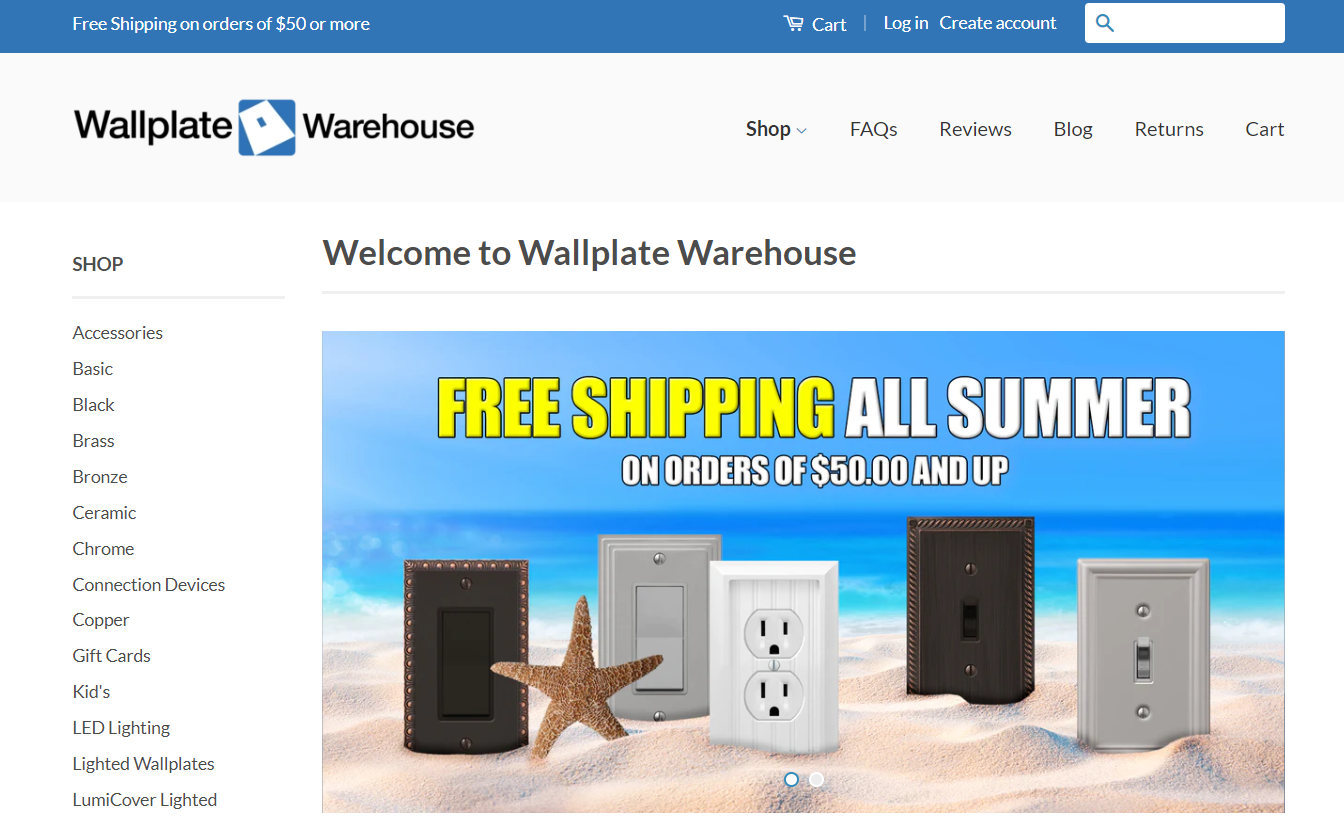
Despite starting with just one supplier, Adam has expanded his network across the U.S., always remaining open to new partnerships.
However, a catchy store name alone doesn’t ensure search engine success; a robust SEO strategy is essential. Adam has optimized his website with high-quality images and effective SEO practices, including maintaining a blog that helps improve organic search rankings. His investment in pay-per-click advertising also secures prominent visibility online.
Adam emphasizes the significance of SEO in driving substantial traffic to your website and encourages exploring custom-made products and brand development to stand out in the competitive dropshipping market.
Dropshipping for Dummies FAQs
1. Is dropshipping legal?
Absolutely! Dropshipping is legal. This method of business doesn’t involve any illegal activities.
However, it’s essential for dropshippers to adhere to local laws, secure the necessary licenses, and follow all regulations.
2. Is dropshipping profitable?
Yes, indeed! Dropshipping can be quite profitable when executed properly. According to recent statistics, the global dropshipping market is anticipated to reach $301.11 billion by 2024 and is expected to grow to $500 billion by 2027.
3. What are some good product ideas for dropshipping?
Dropshipping for dummies offers numerous product options like apparel, home decorations, beauty items, electronics, and sneaker reselling.
Thus, tools such as AutoDS, Adserea, Sell The Trend, or Minea help identify trendy products in areas like eco-friendly goods, pet accessories, or workout gear.
4. Do I need to register a business to dropship?
Yes, it’s generally advised to register a business entity before launching a dropshipping store.
This process includes selecting a business name, deciding on the structure, registering with the necessary authorities, obtaining an EIN, and ensuring compliance with all regulations.
It’s also wise to consult with a professional for guidance.
5. Is Dropshipping dead?
No, dropshipping is not dead; it’s thriving. Projections show it reaching $301.11 billion by 2024.
In fact, data from Google Trends and the global eCommerce market size also support the vitality of this business model.
6. Can I get rich with dropshipping?
Yes, even starting as dropshipping for dummies, this business model offers a low-risk and potentially high-reward model that can turn into a significant income source.
Success often depends on mastering skills in areas such as copywriting and paid advertising.
Although becoming wealthy quickly is tough, it’s achievable with patience and the right strategy.
7. Can I start dropshipping with no money?
Yes, starting dropshipping with no money is possible, though you might need to make investments later on.
You can begin with free trials from website builders like Shopify, locate no-cost dropshipping suppliers on sites like Dropshipping.com or AliExpress, and use SEO strategies to advertise without spending.
👉 Check out the Free Dropship Websites: Start Dropshipping With $0.


Conclusion
In conclusion, dropshipping offers a flexible, low-risk entry into the world of e-commerce, perfect for beginners eager to start their own business with minimal upfront investment.
The key takeaways from this guide include the simplicity of setting up a dropshipping store, the importance of choosing the right niche and suppliers, and the vast potential for growth in this booming market.
As we’ve seen, the industry is projected to reach impressive figures, nearing $500 billion by 2027, indicating a thriving future for new entrants.
However, while dropshipping is accessible, it’s not without its challenges. Prospective dropshippers must navigate competition, manage customer service effectively, and constantly innovate their marketing strategies to stay ahead.
The success rate can be low, but with the right approach—focusing on niche markets, leveraging reliable supplier relationships, and maintaining a strong online presence—you can significantly improve your chances of success.
If you’re considering starting a dropshipping business in 2024, now is the time to leverage the wealth of resources available, harness the power of digital marketing, and capitalize on the ongoing growth in e-commerce.
Remember, thorough research and a well-thought-out business plan are your best tools for overcoming the challenges and making the most of the opportunities dropshipping has to offer.
So, why wait? Start planning your dropshipping journey today and take your first step toward building a profitable online business!













![The Top 21 3PL Companies Compared [2024 List & Guide]](https://images.weserv.nl/?url=https://prod-dropshipping-s3.s3.fr-par.scw.cloud/2024/03/Frame-3922469.jpg&w=420&q=90&output=webp)